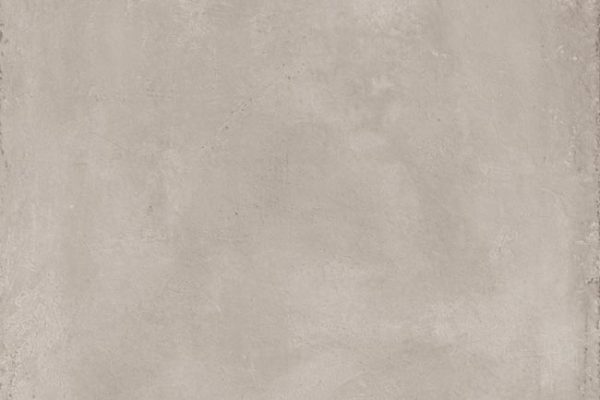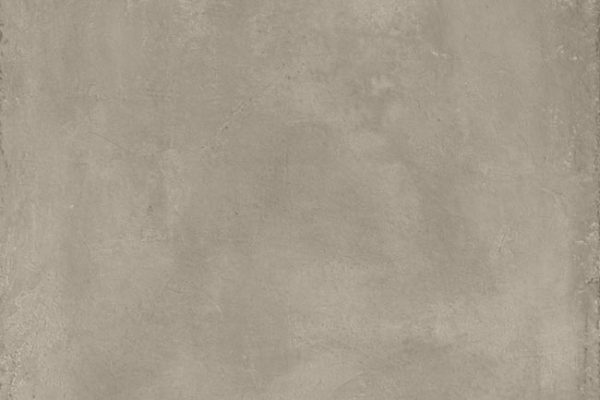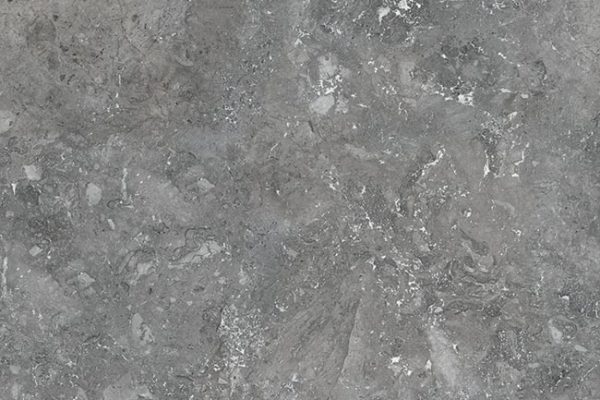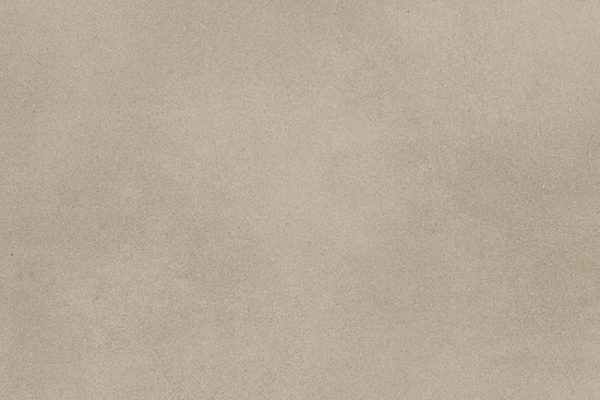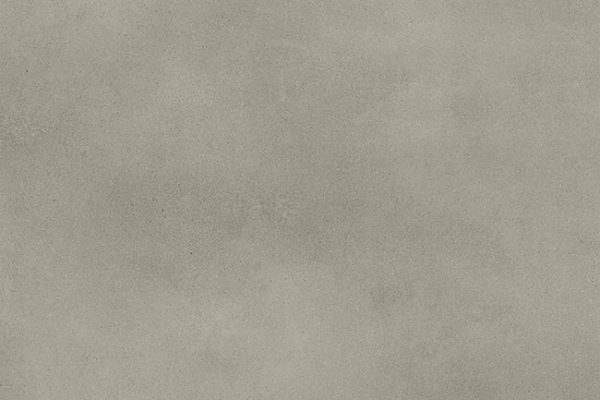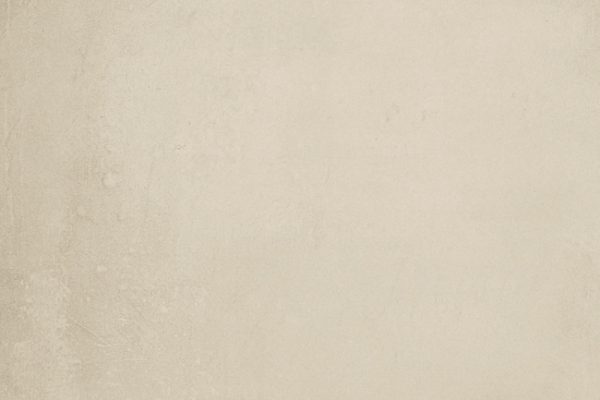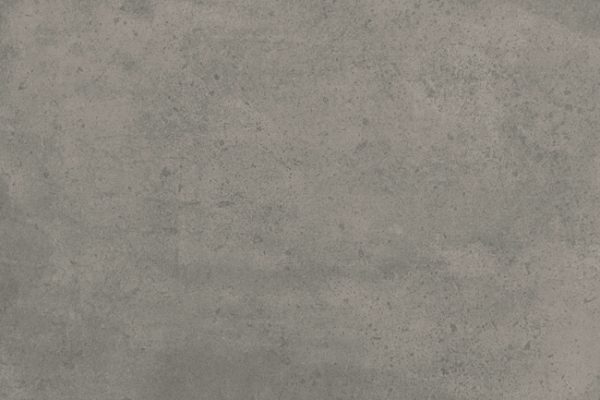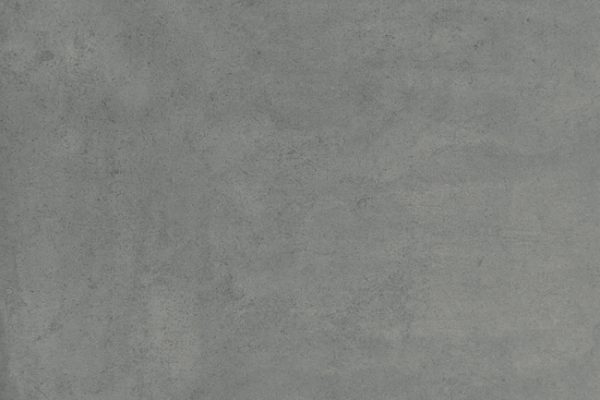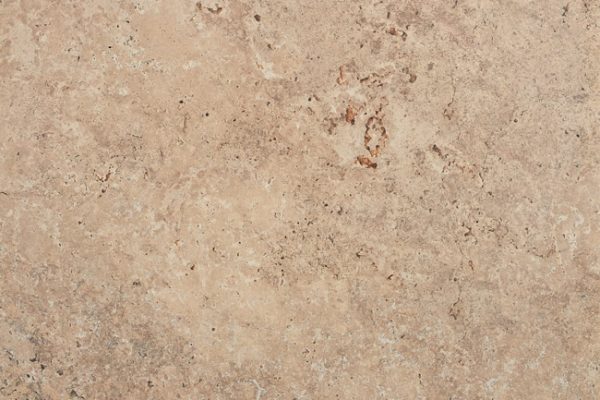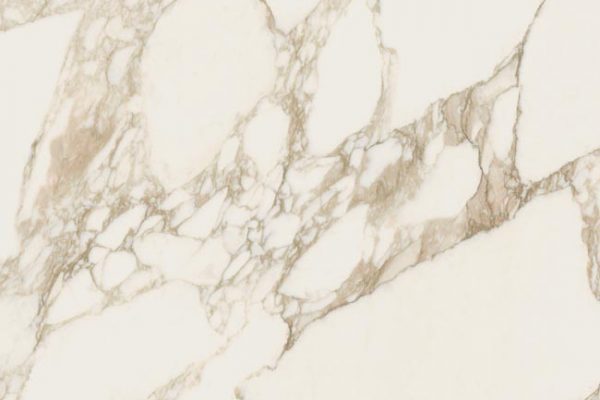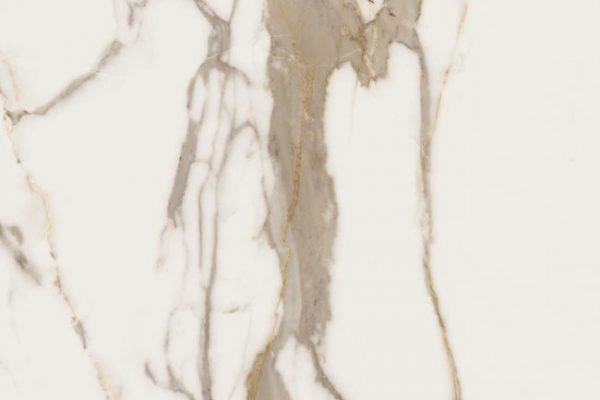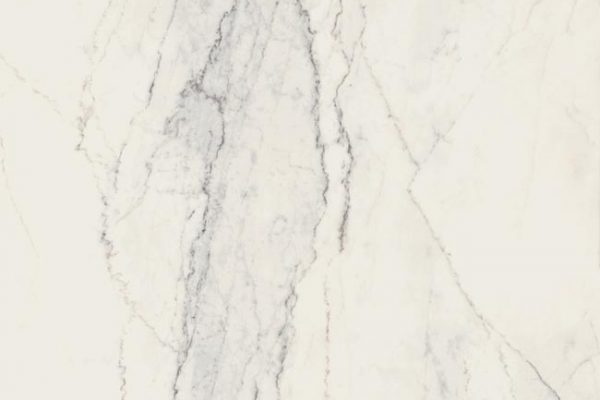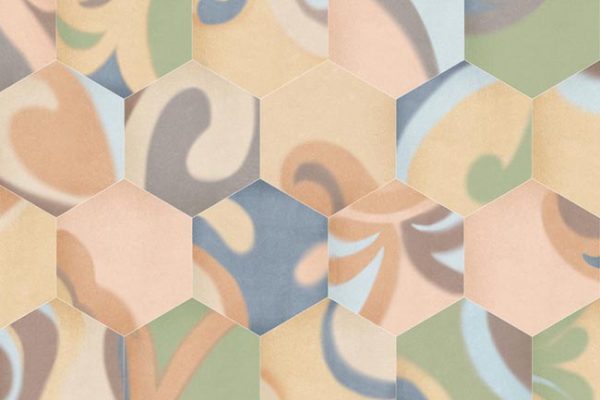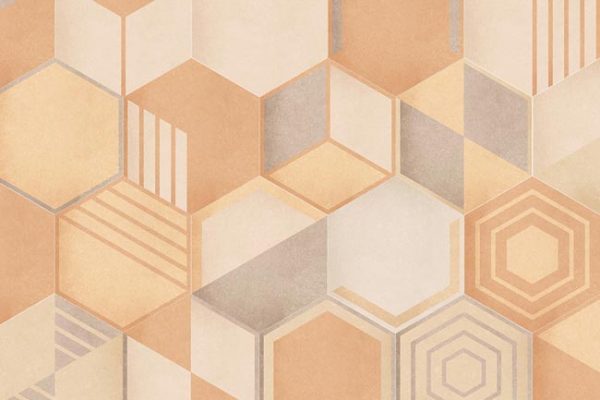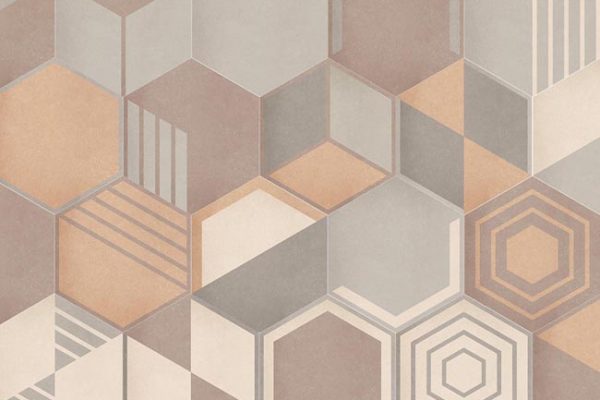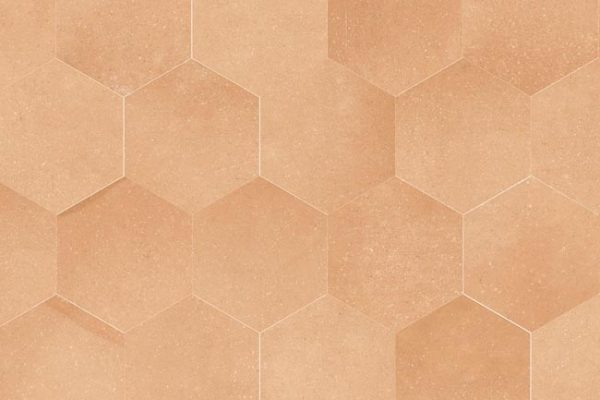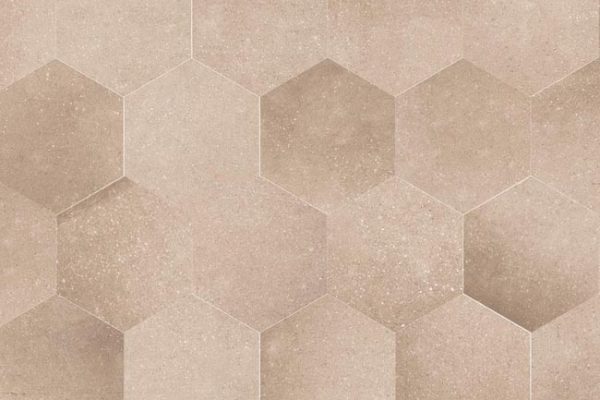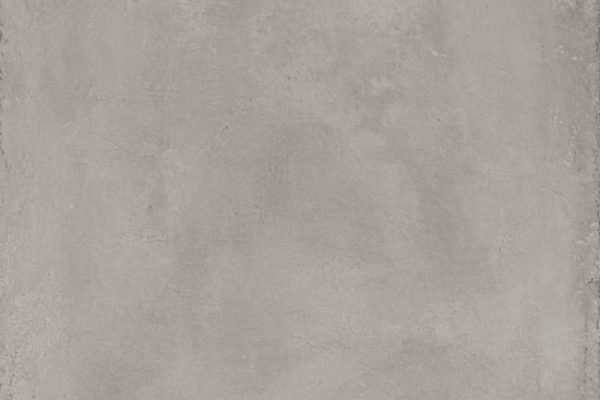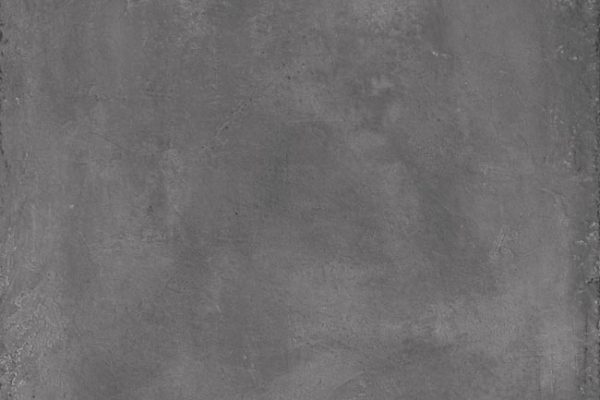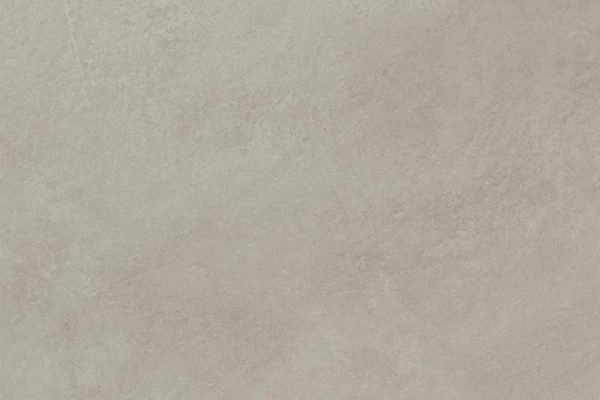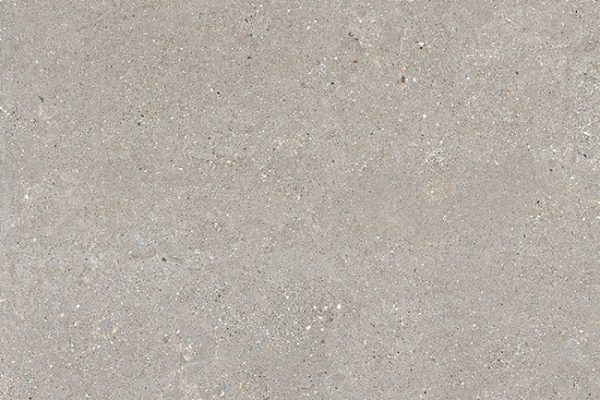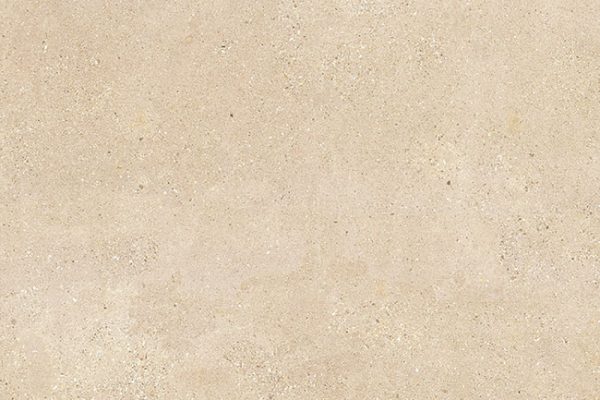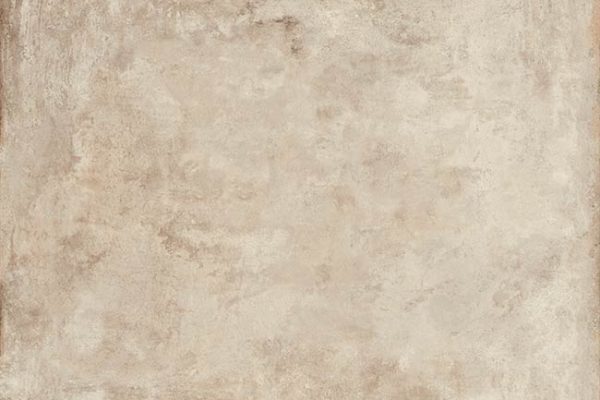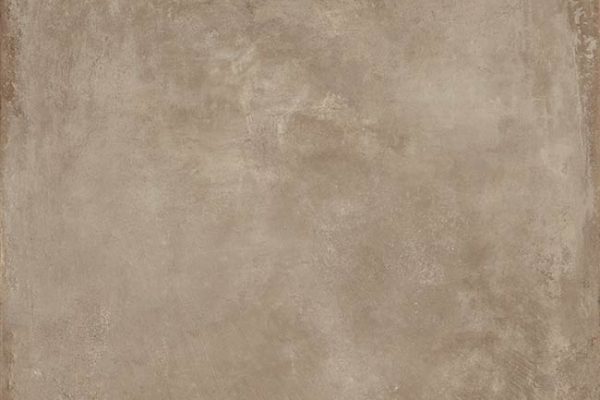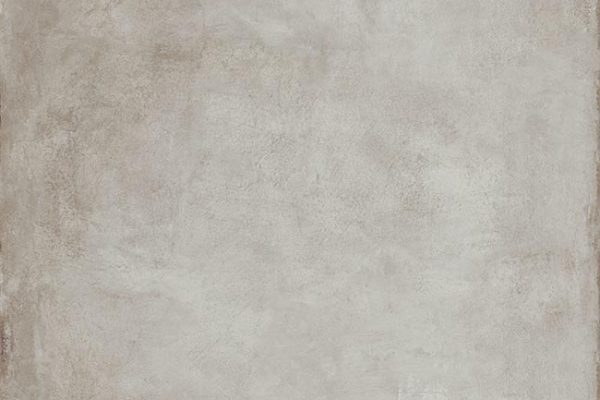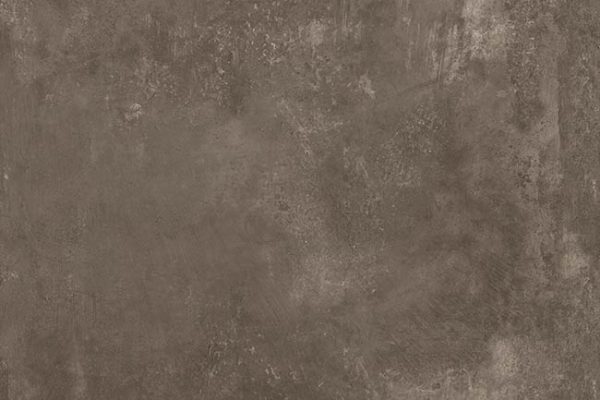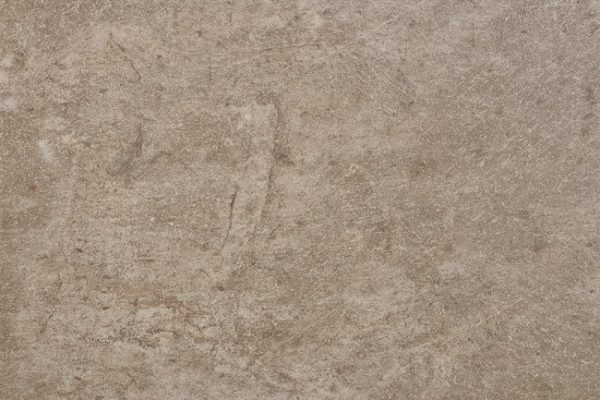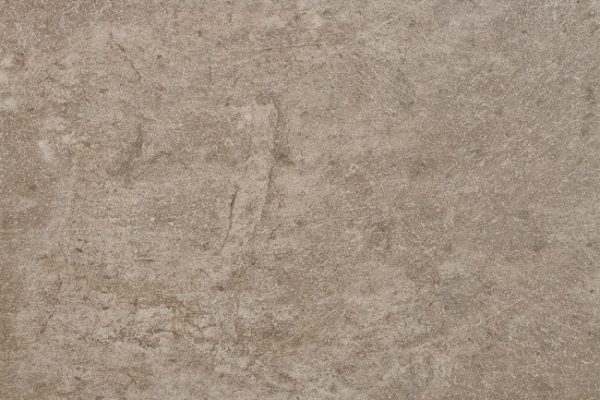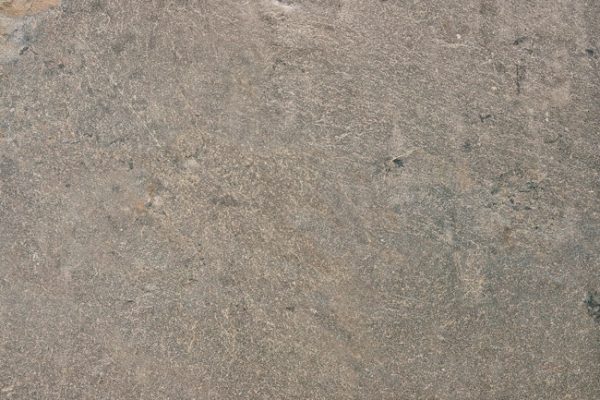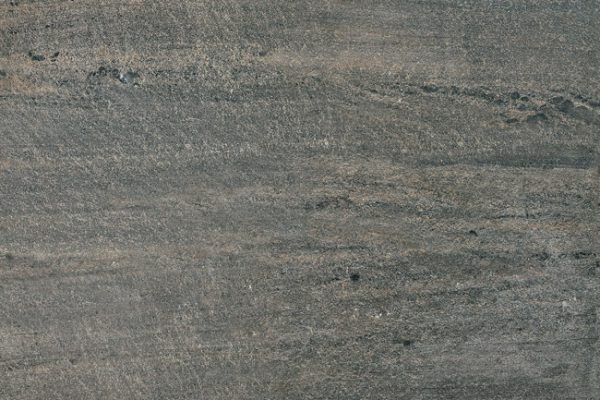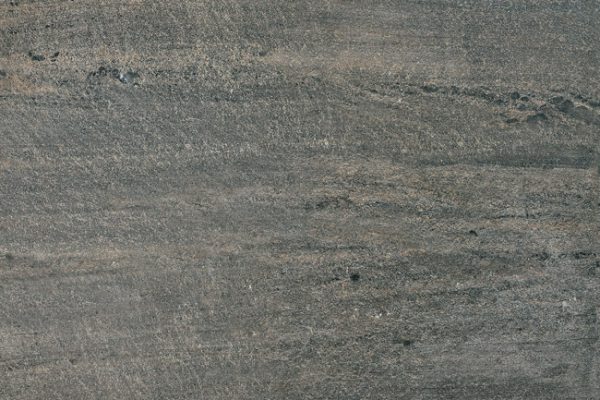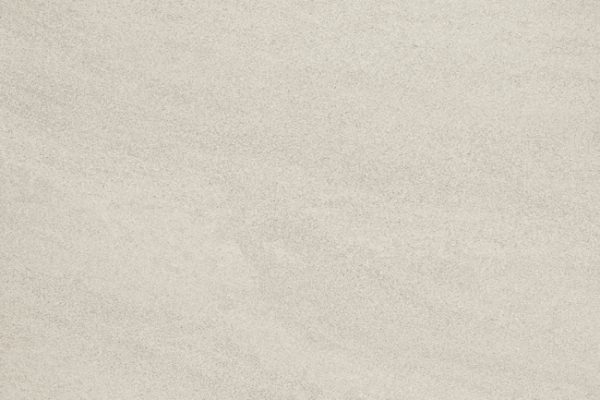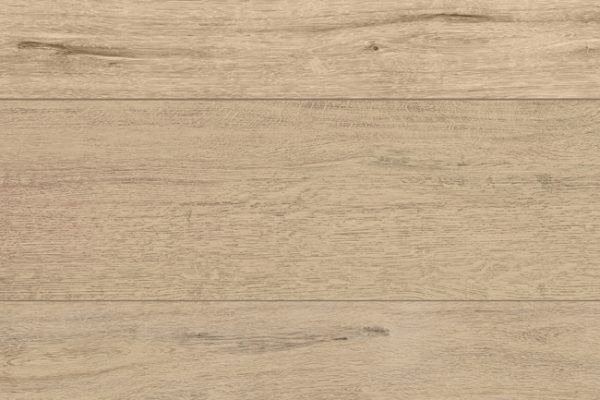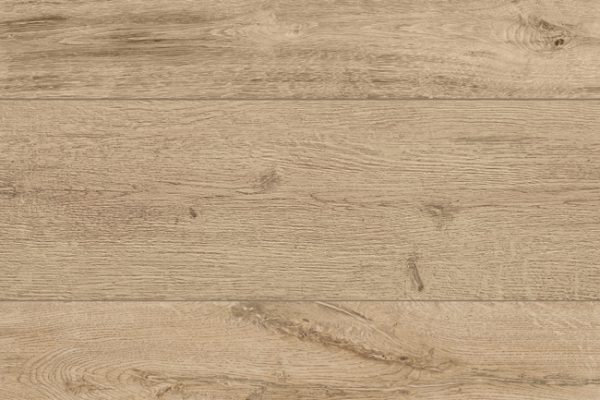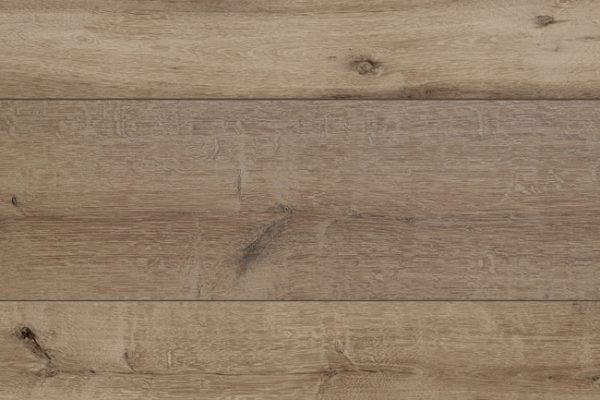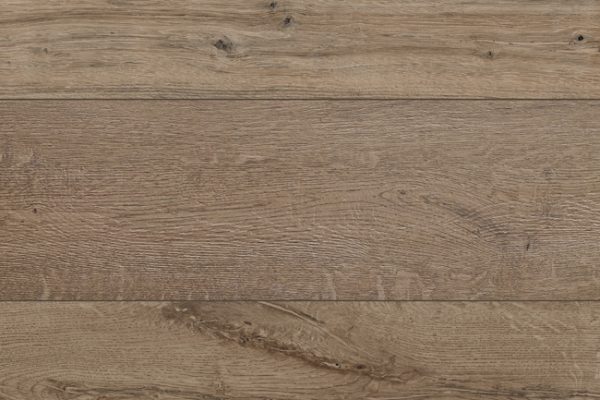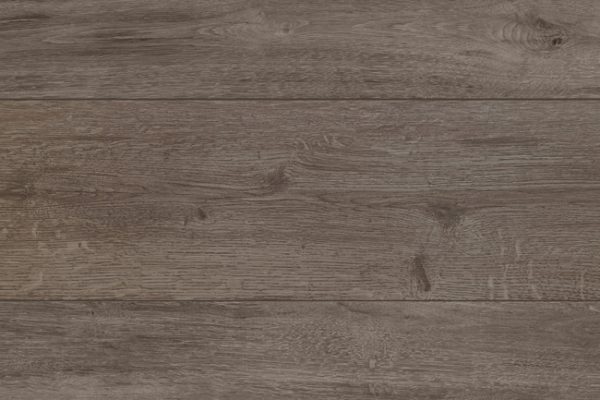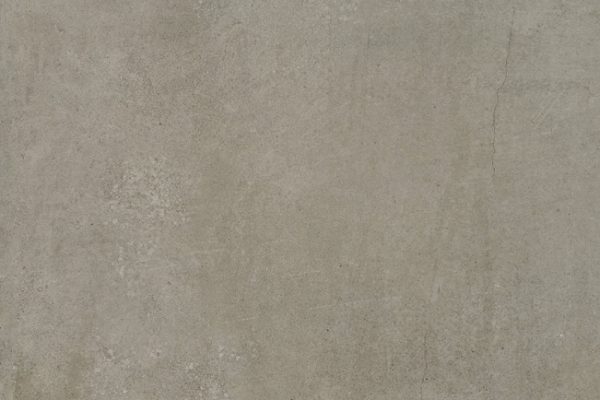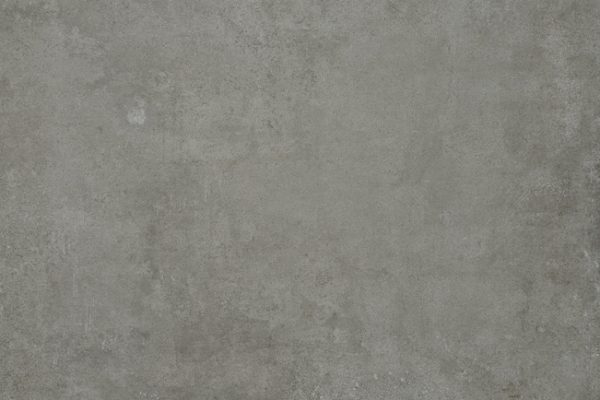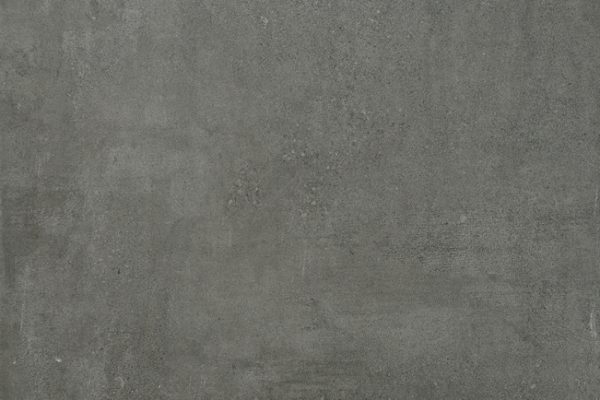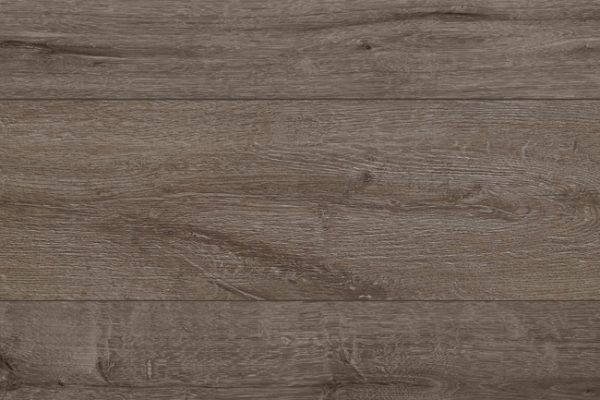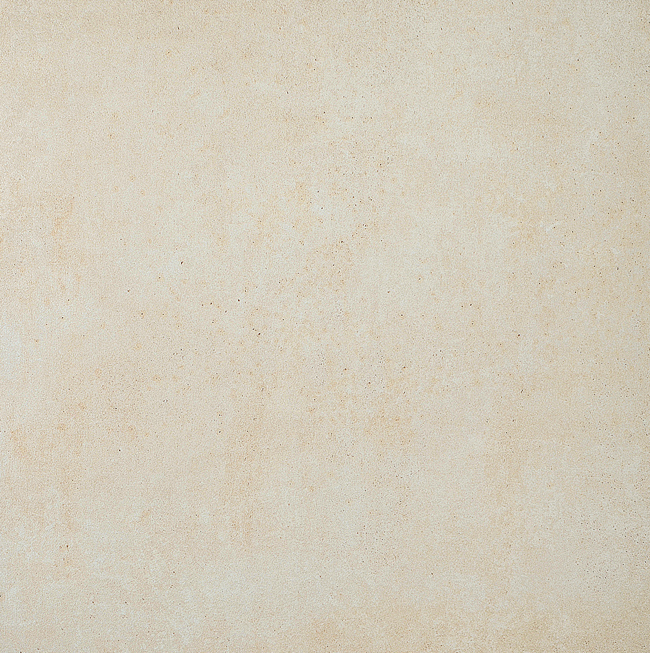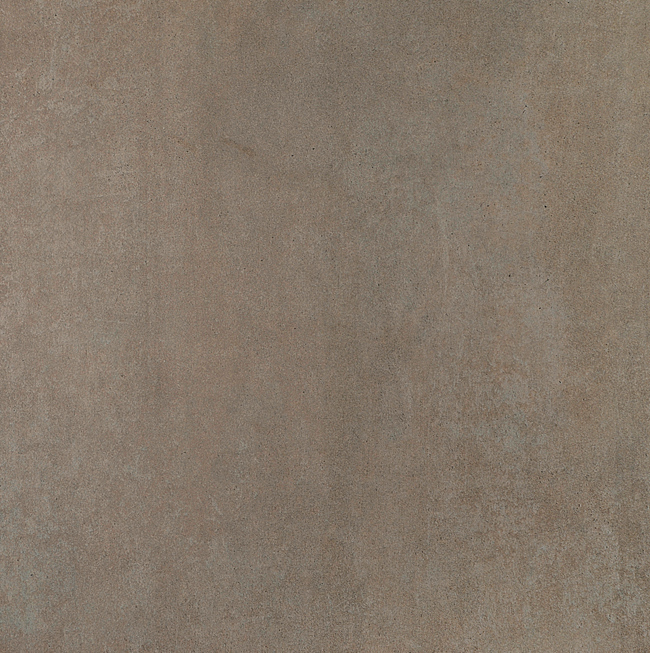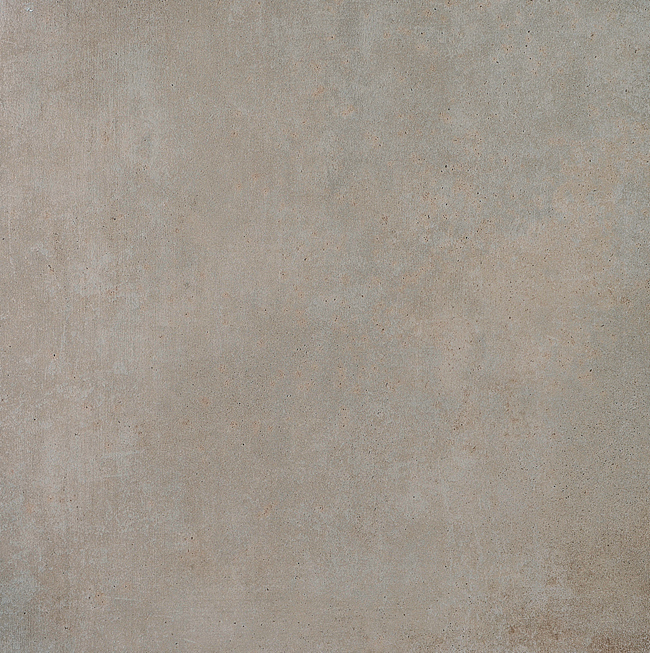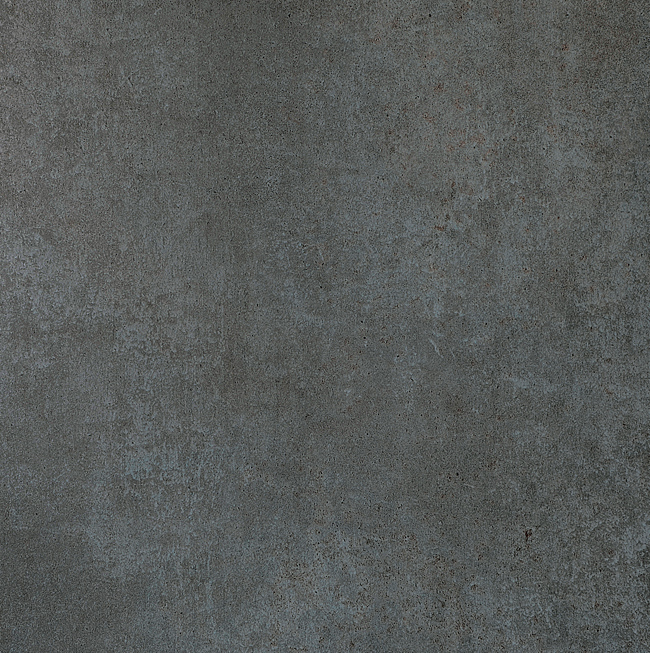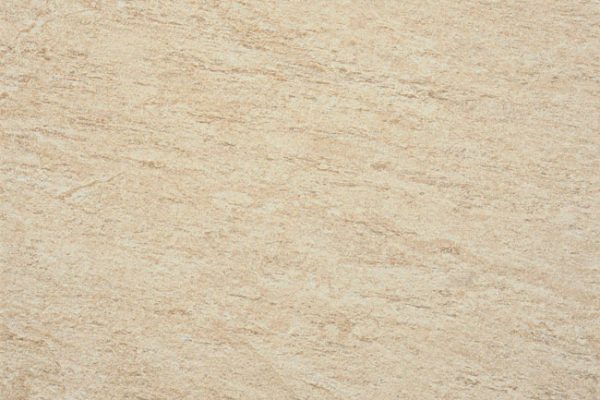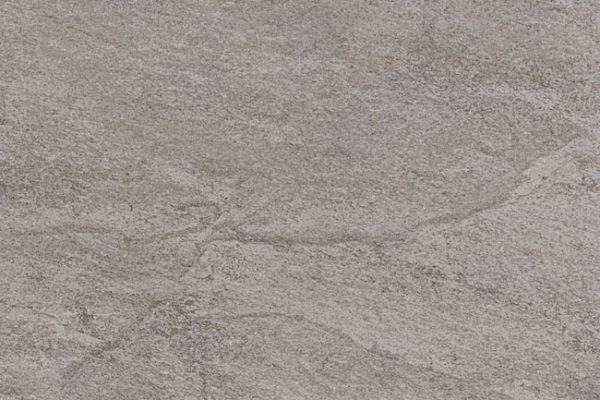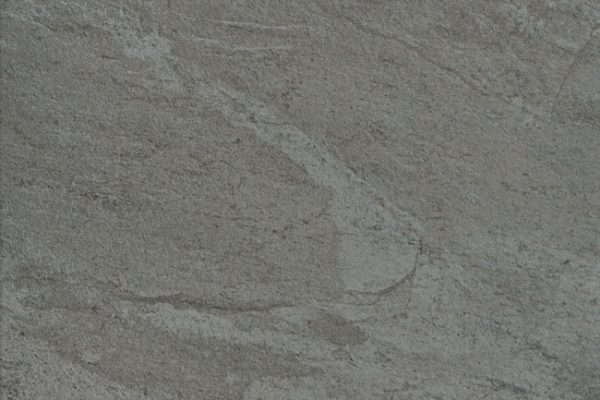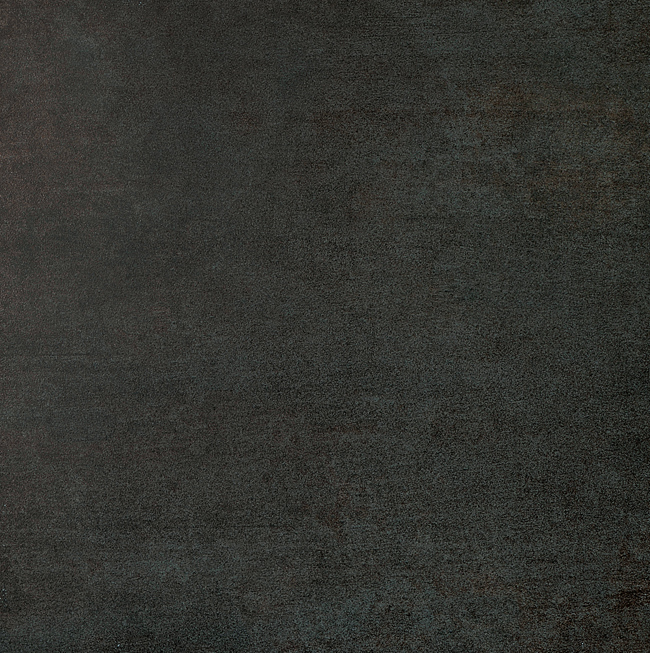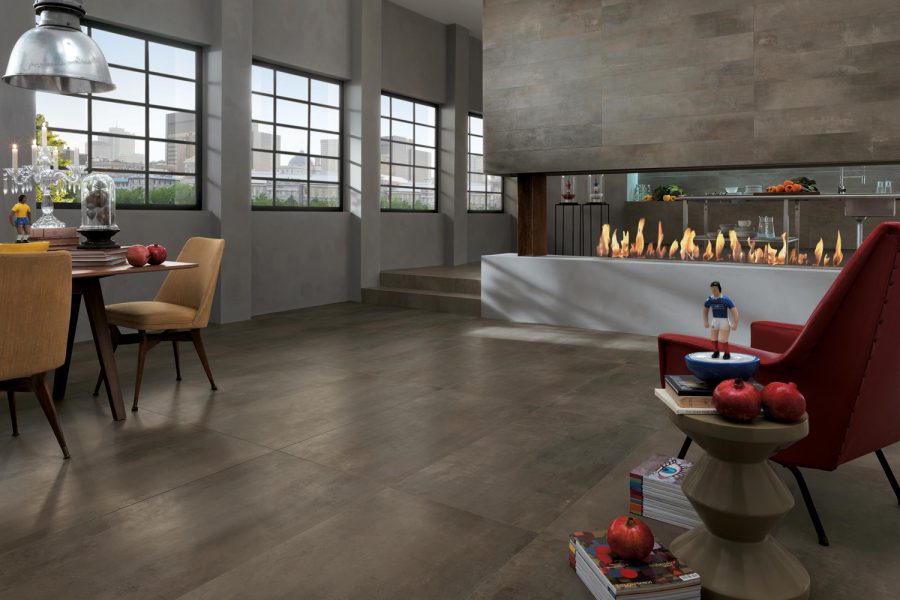Long neglected in bedrooms, tiling is once again making a name for itself. This is thanks to its metamorphosis, which means it is no longer seen as a cold accessory. Increasingly popular for its warmth and high design potential, tiles are being used in bedrooms. It is mainly used on the floor. Are you excited by the prospect of tiling your night space? Follow this mini-guide to find out how to make the right choice.
Bedroom floor tiles
Our collections of floor tiles for bedroom
-
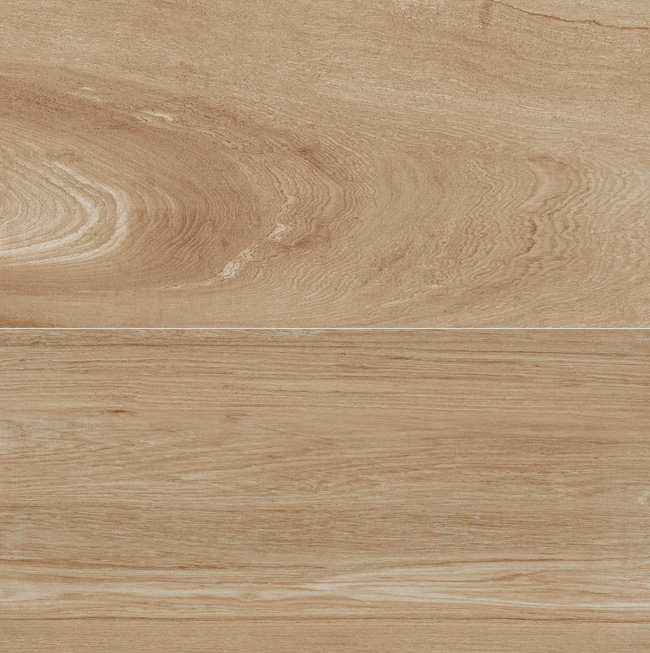 Noa
NoaNaturel
22,5x90 -
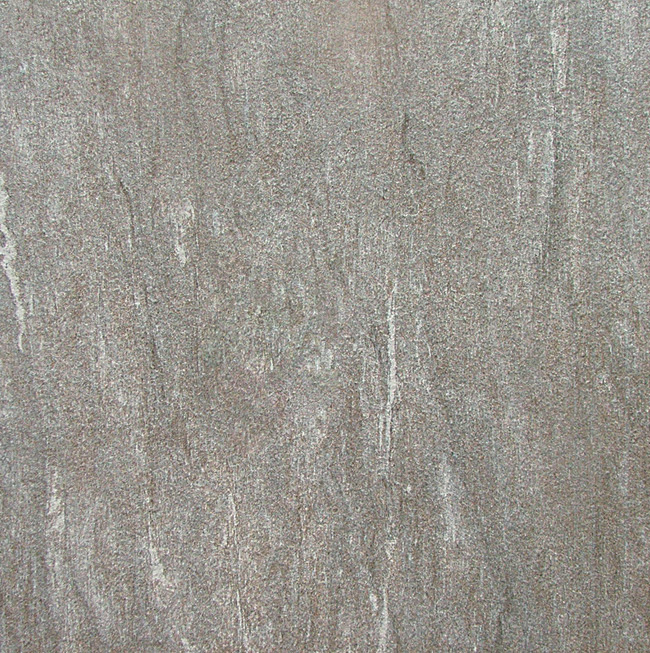 Cast
CastCast structured anti-slip
Outdoor Plus 20mm60x12060x6030x6010x6030x30 -
 Matic
MaticIvoire
60x6030x6045x45 -
 Matic
MaticSable
60x6030x6045x45 -
 Tiber
TiberLight
120x12060x12080x8060x6030x60 -
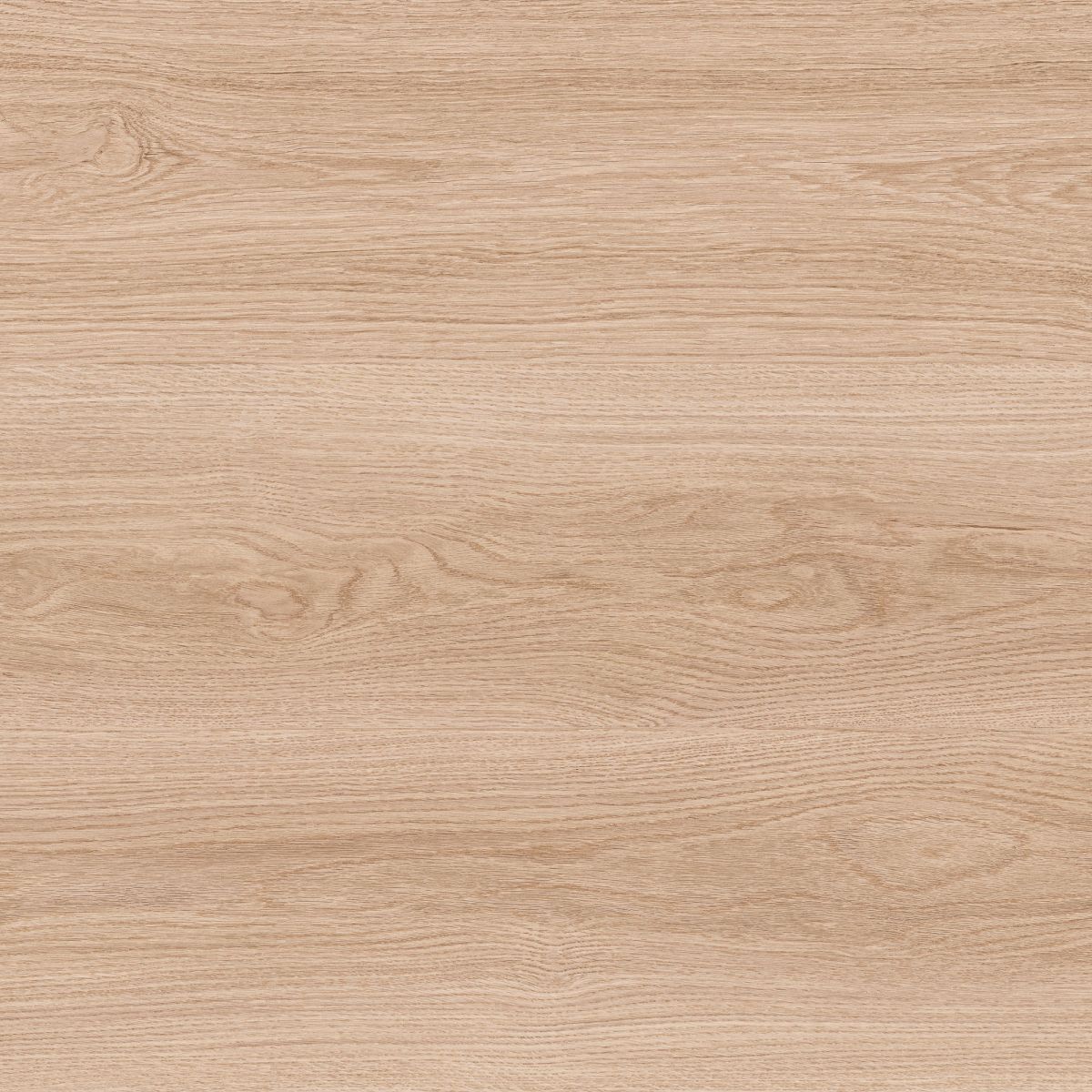 Oaka
OakaBlanchi structured anti-slip
20x120 -
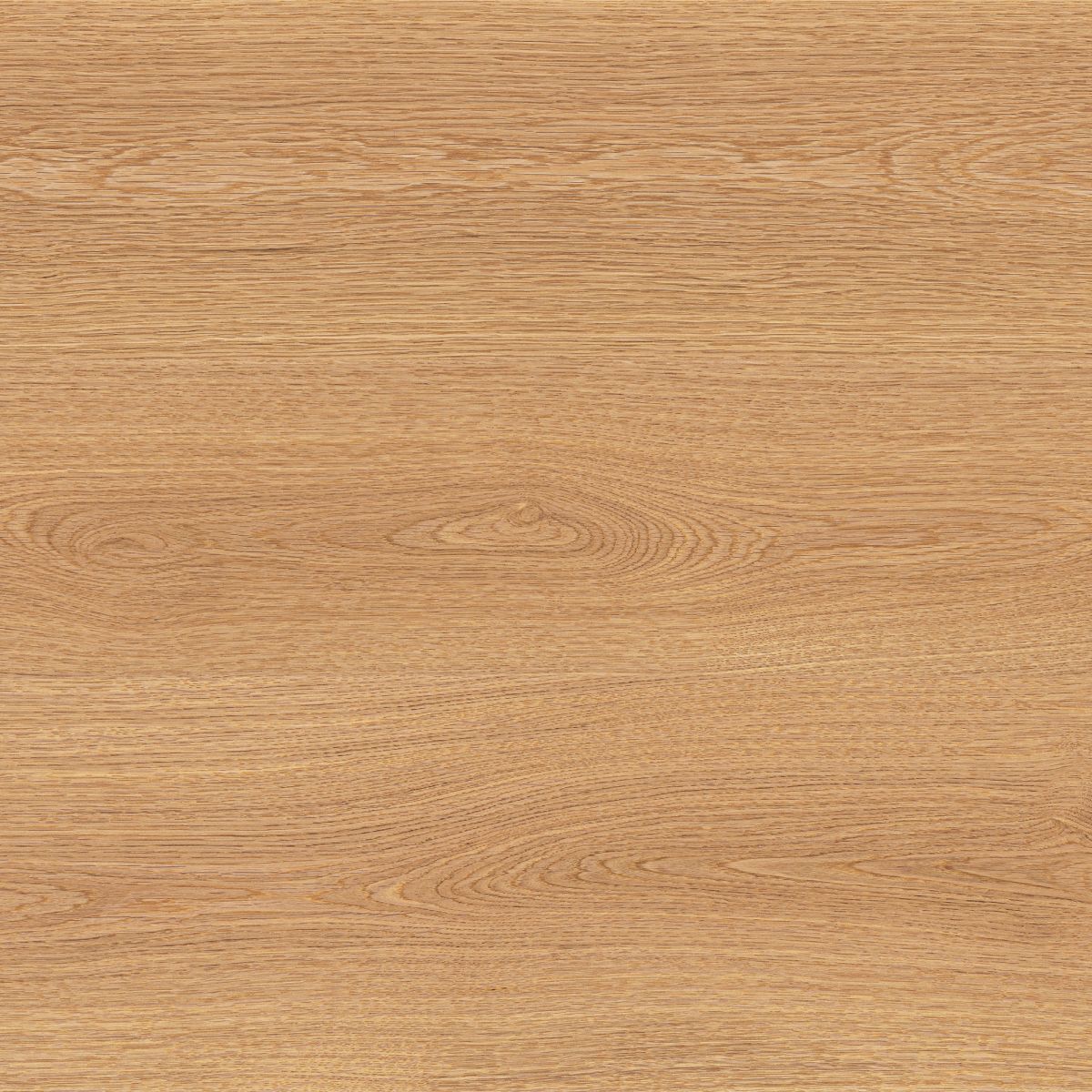 Oaka
OakaNaturel structured anti-slip
20x120 -
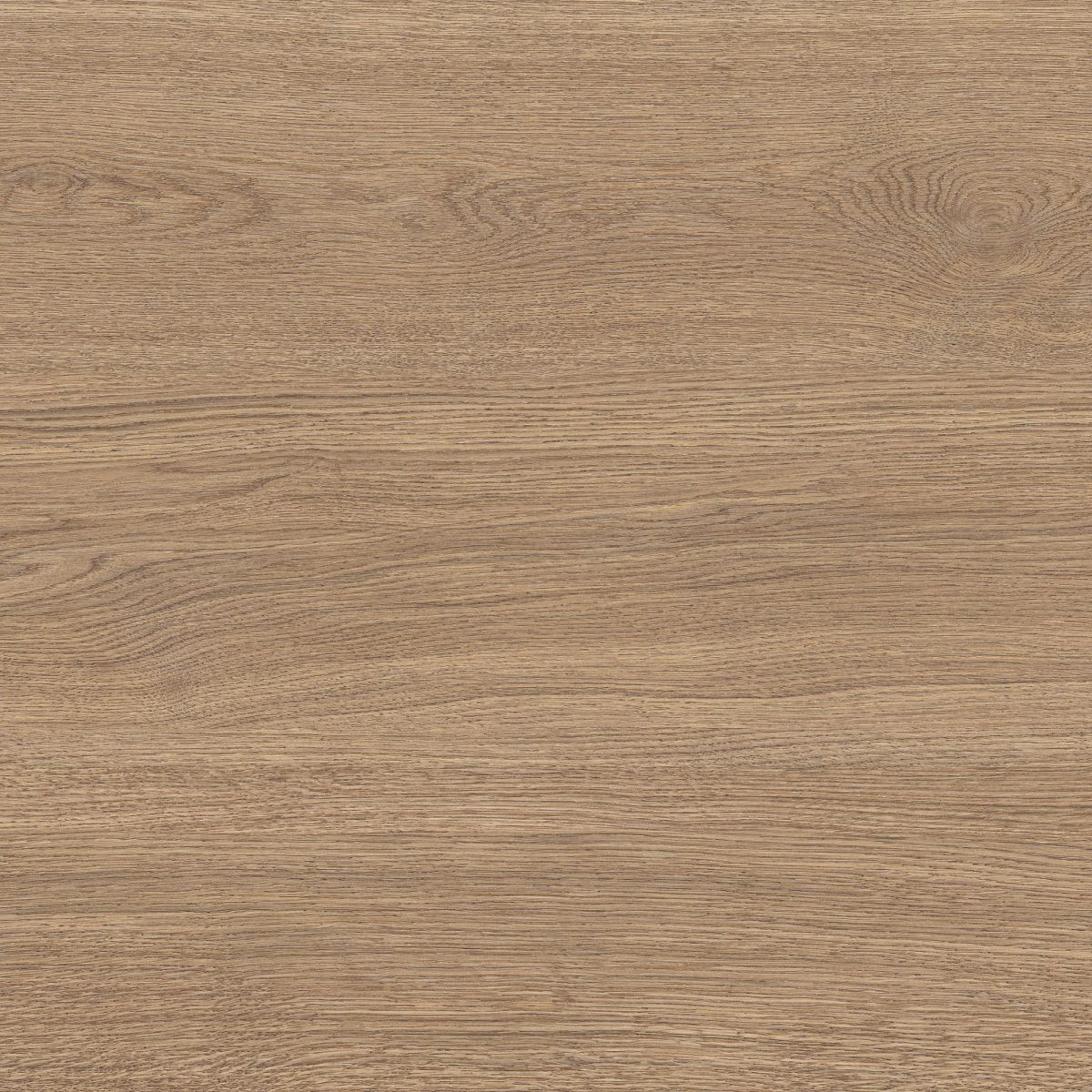 Oaka
OakaMiel structured anti-slip
20x120 -
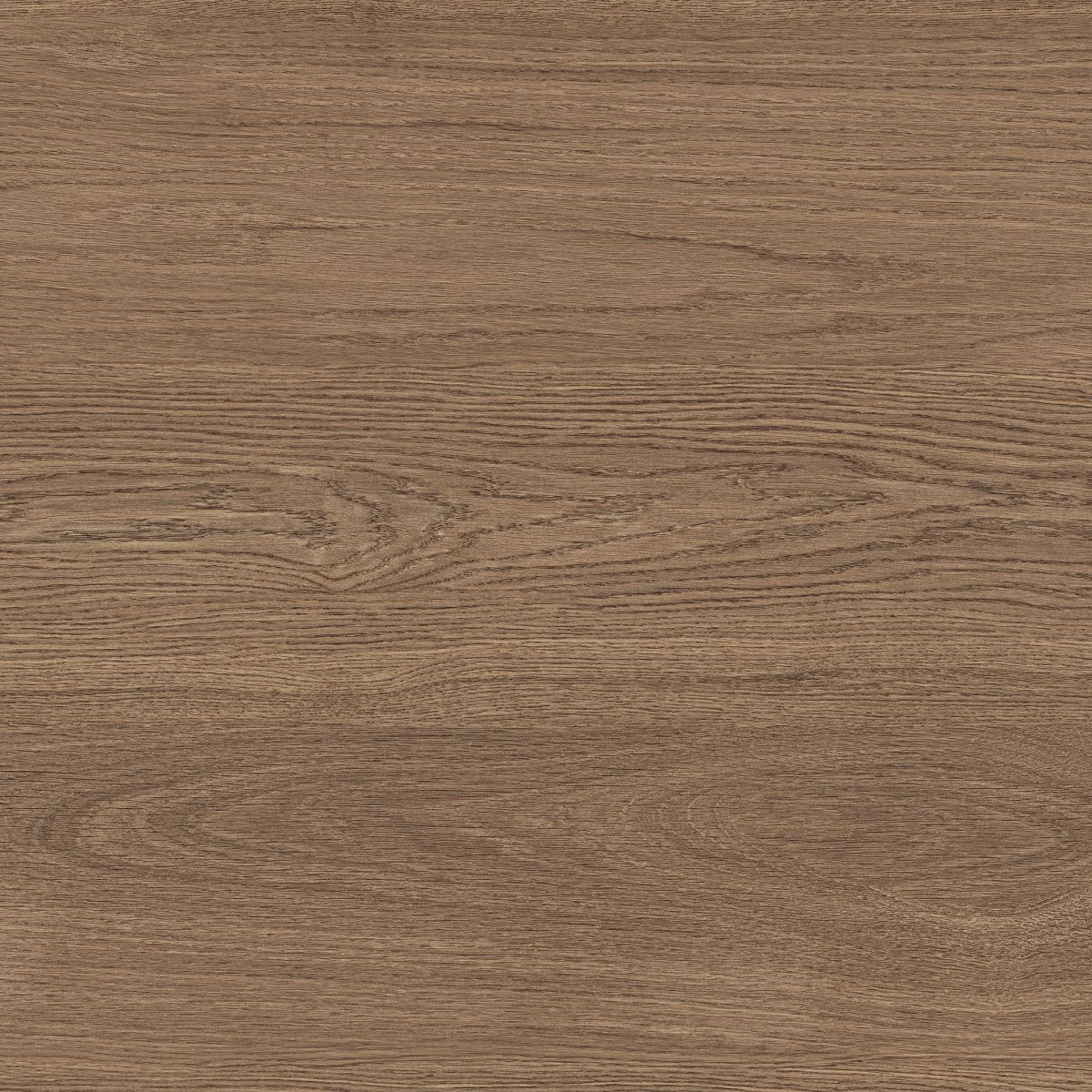 Oaka
OakaNoisette structured anti-slip
20x120 -
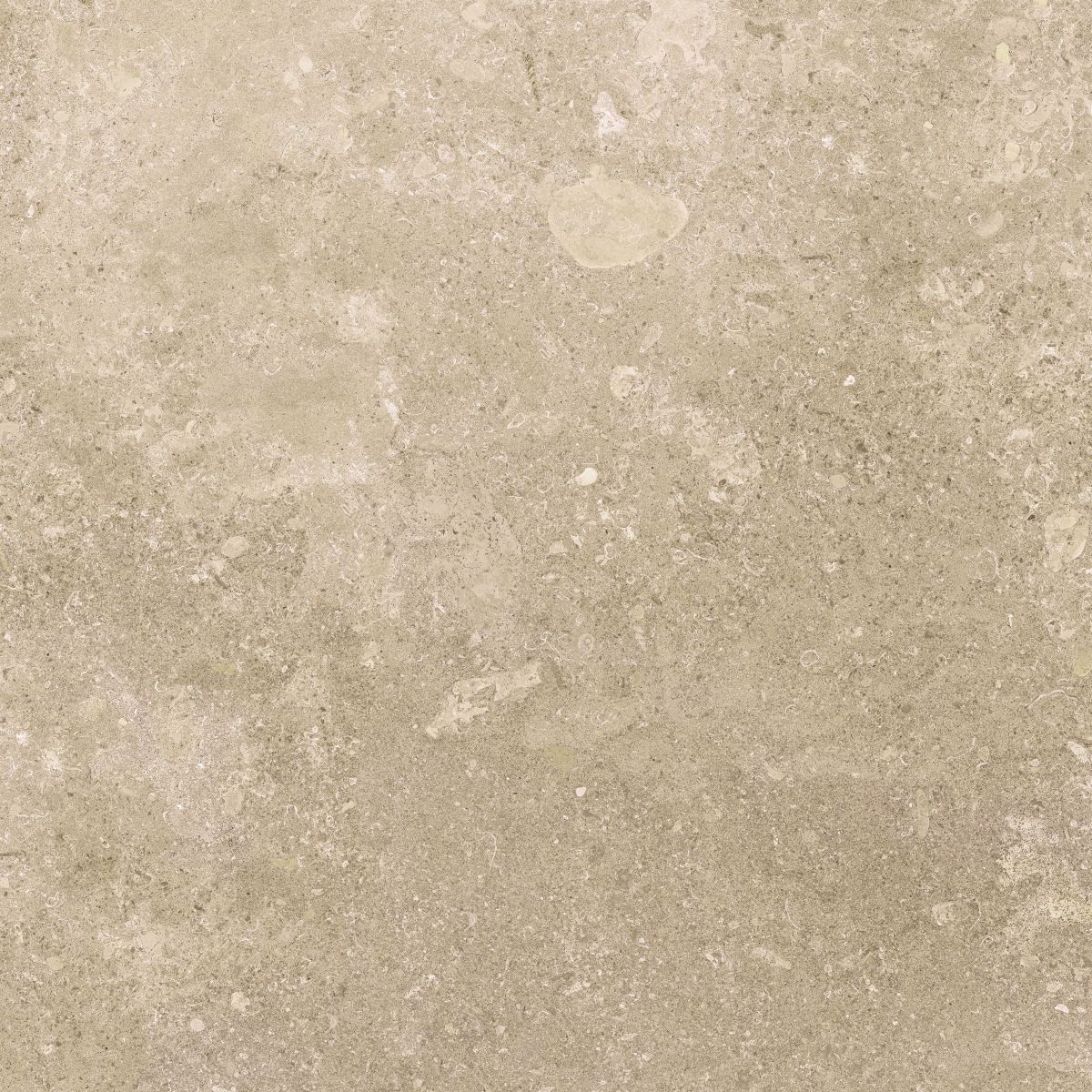 Solithe
SolitheClair
60x12060x6030x60 -
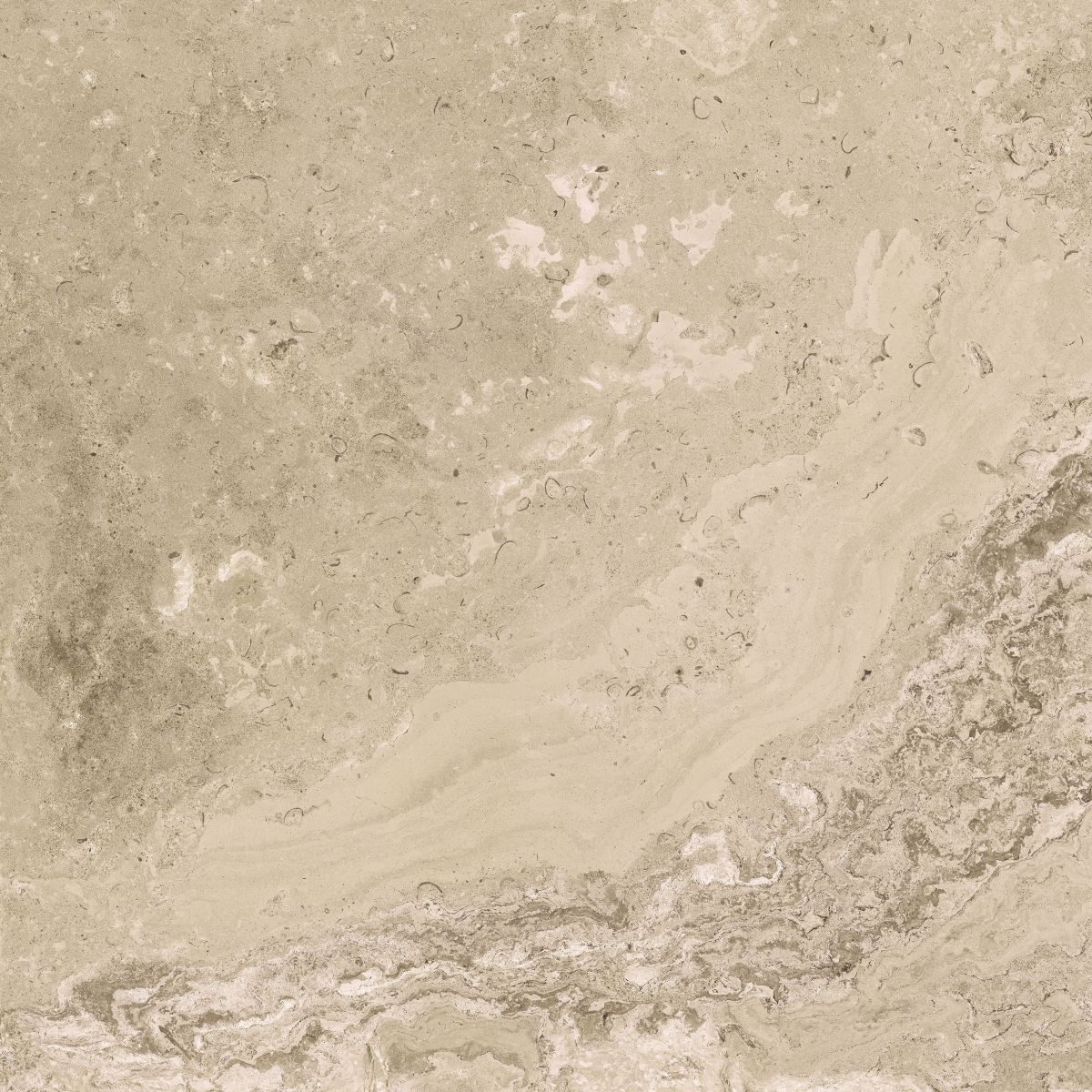 Solithe
SolitheClair structured anti-slip
Outdoor Plus 20mm60x9060x6030x60 -
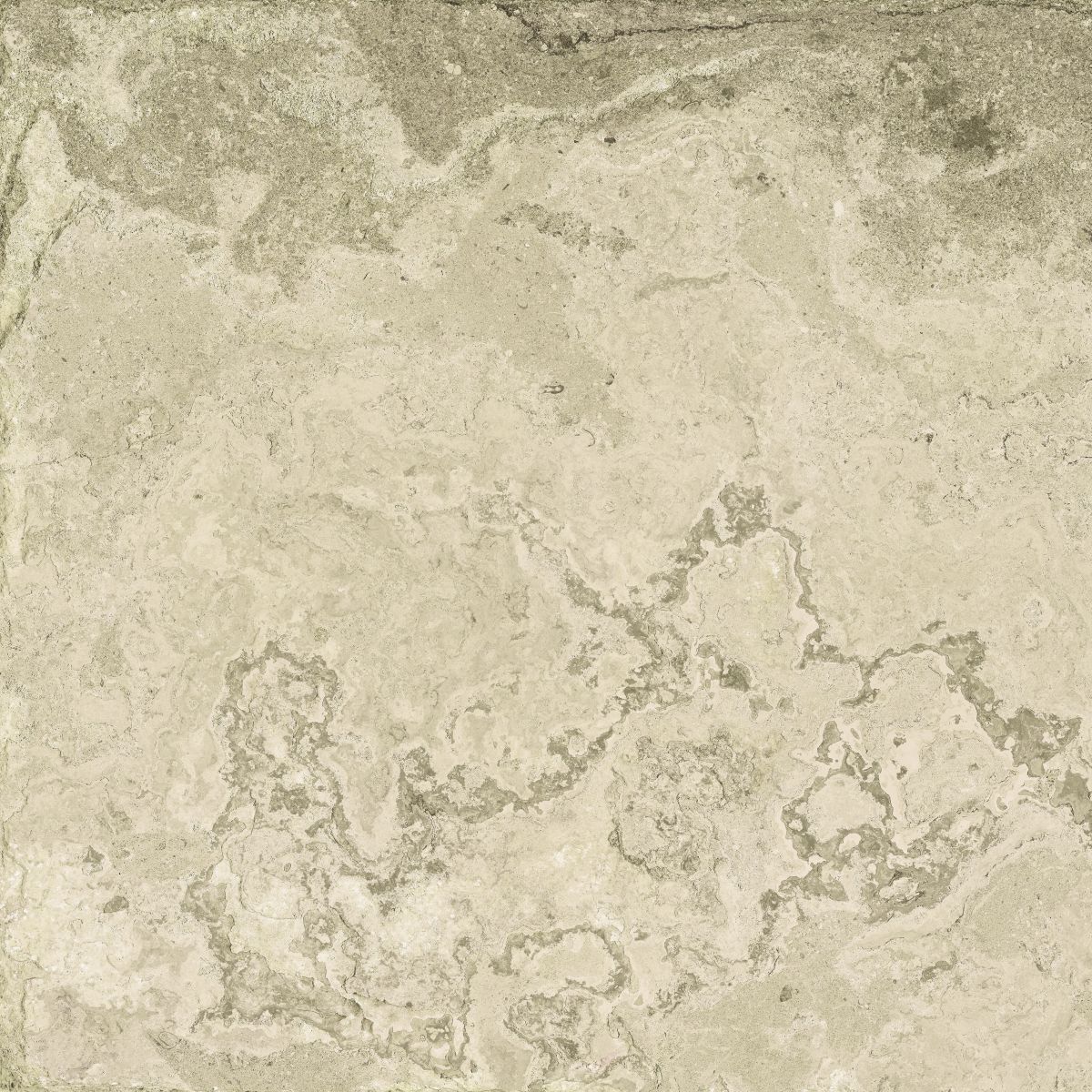 Solithe
SolitheNaturel
60x12060x6030x6010x60 -
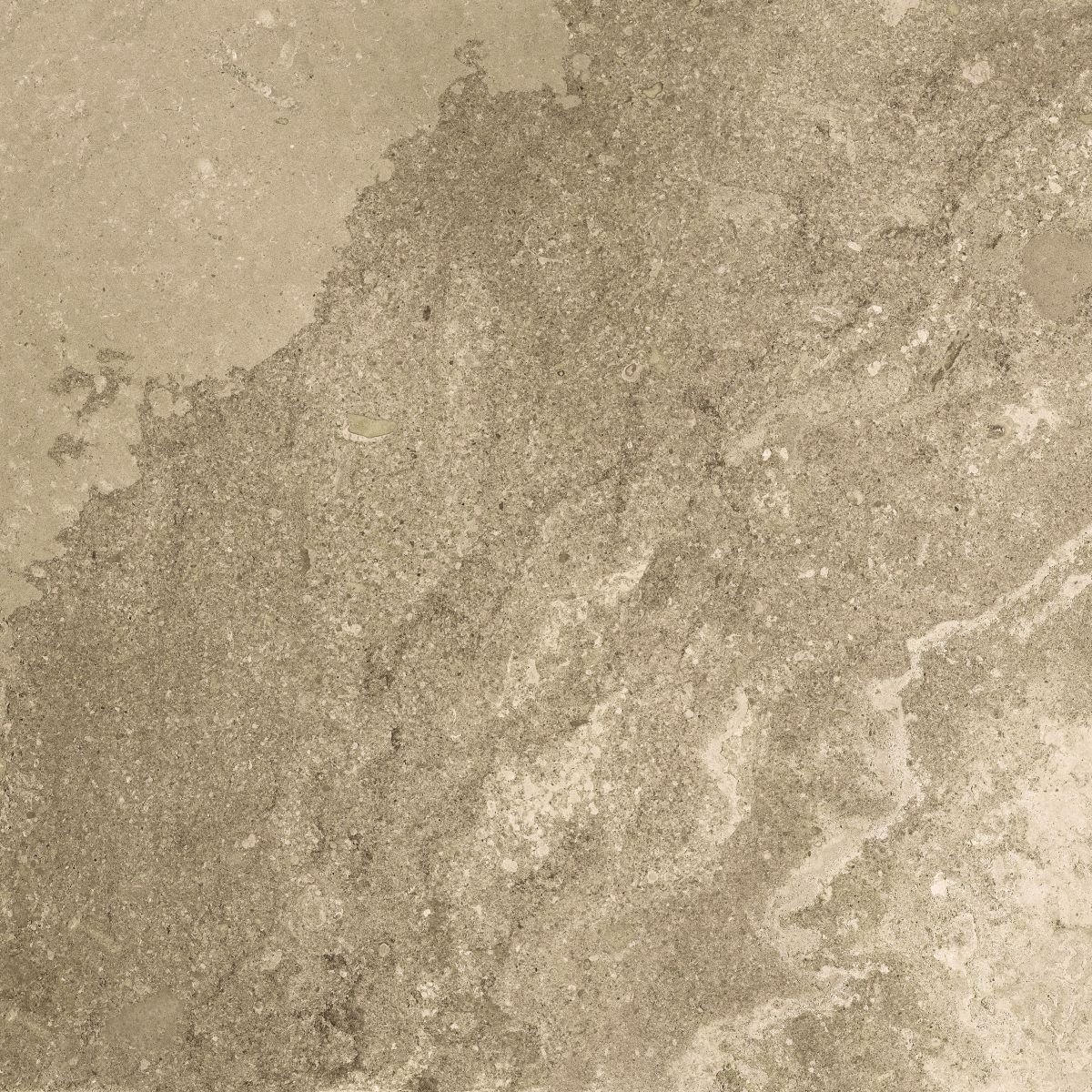 Solithe
SolitheNaturel structured anti-slip
Outdoor Plus 20mm60x9060x6030x60 -
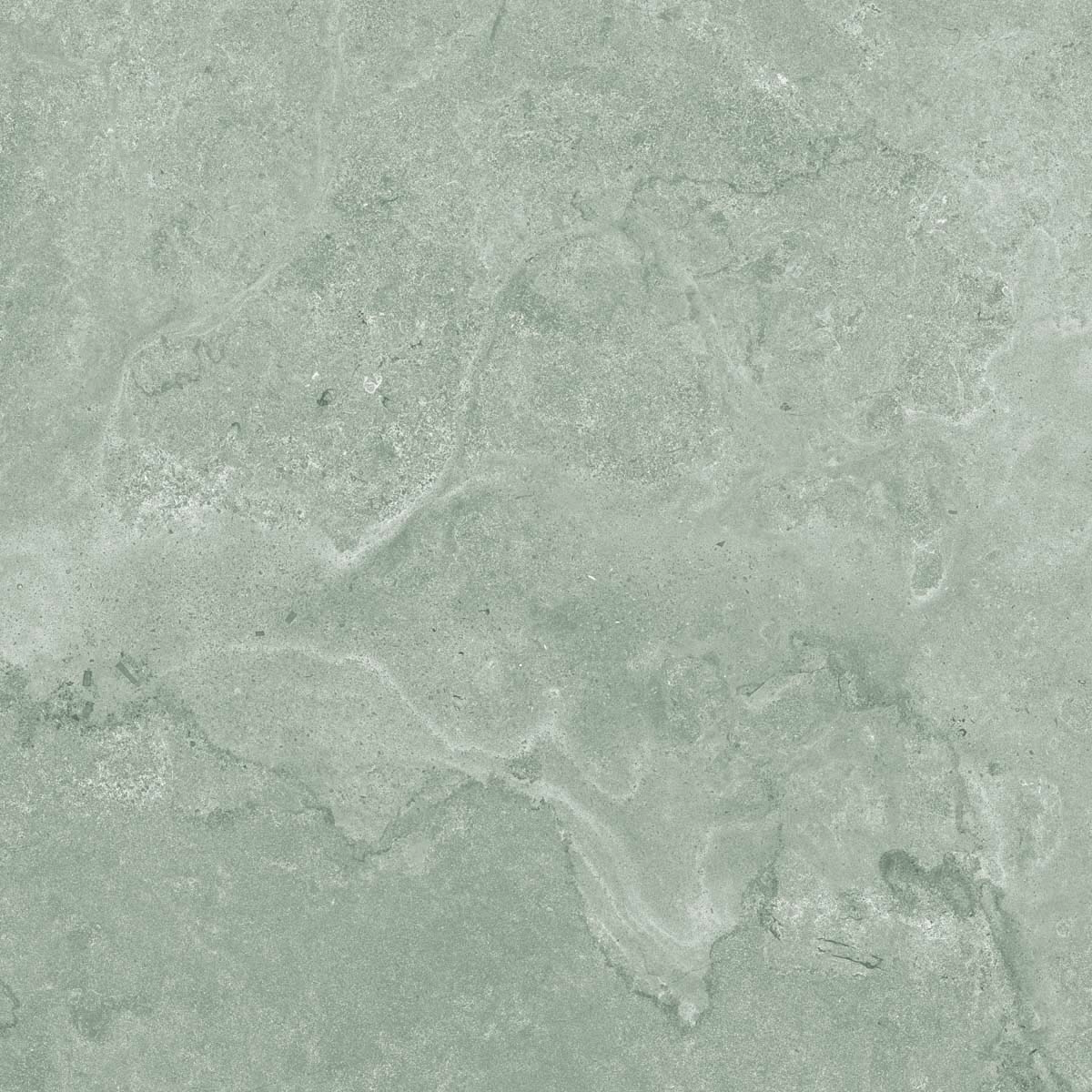 Kairn
KairnGris
120x12060x12080x8060x6030x6010x60 -
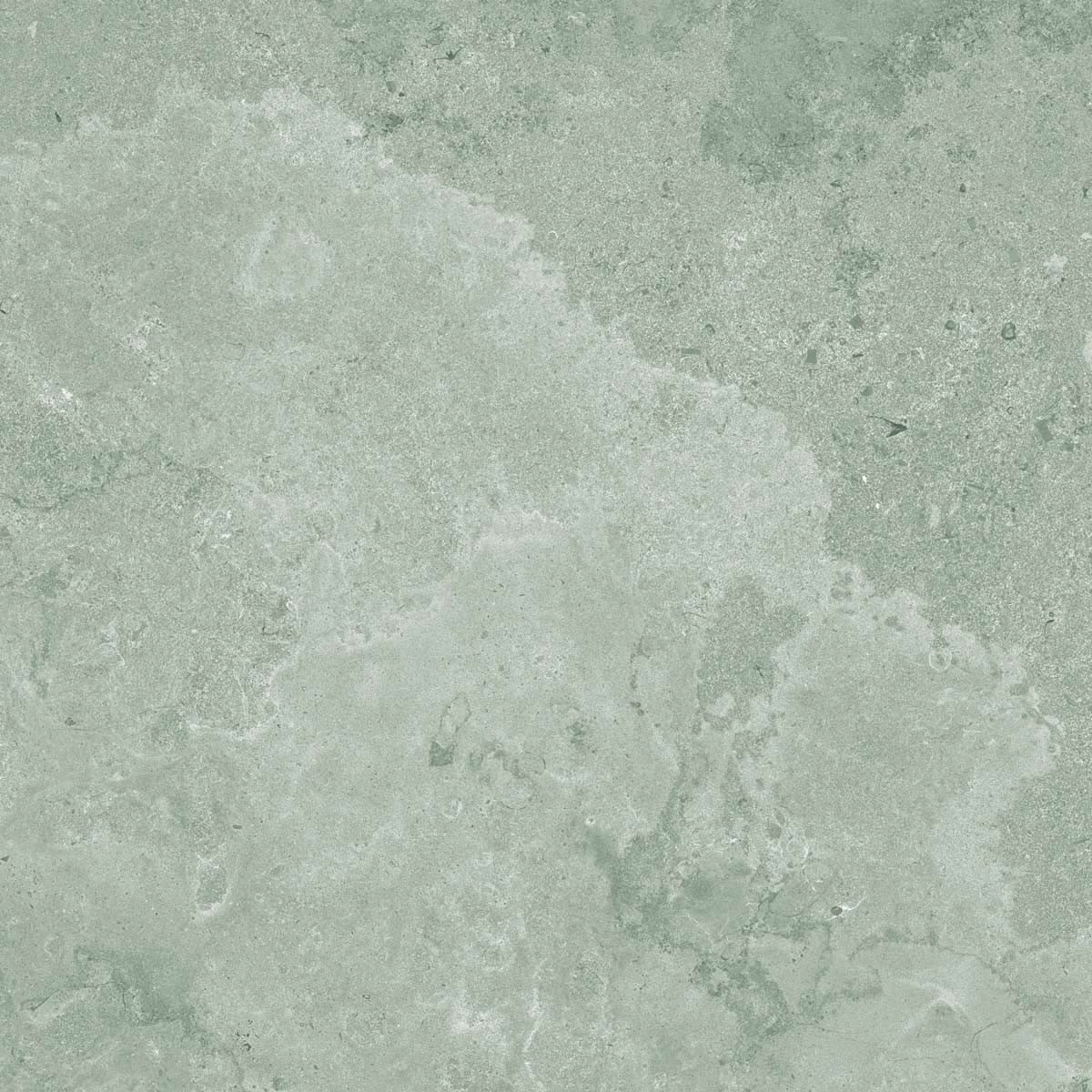 Kairn
KairnGris structured anti-slip
Outdoor Plus 20mm60x12080x8060x6030x60 -
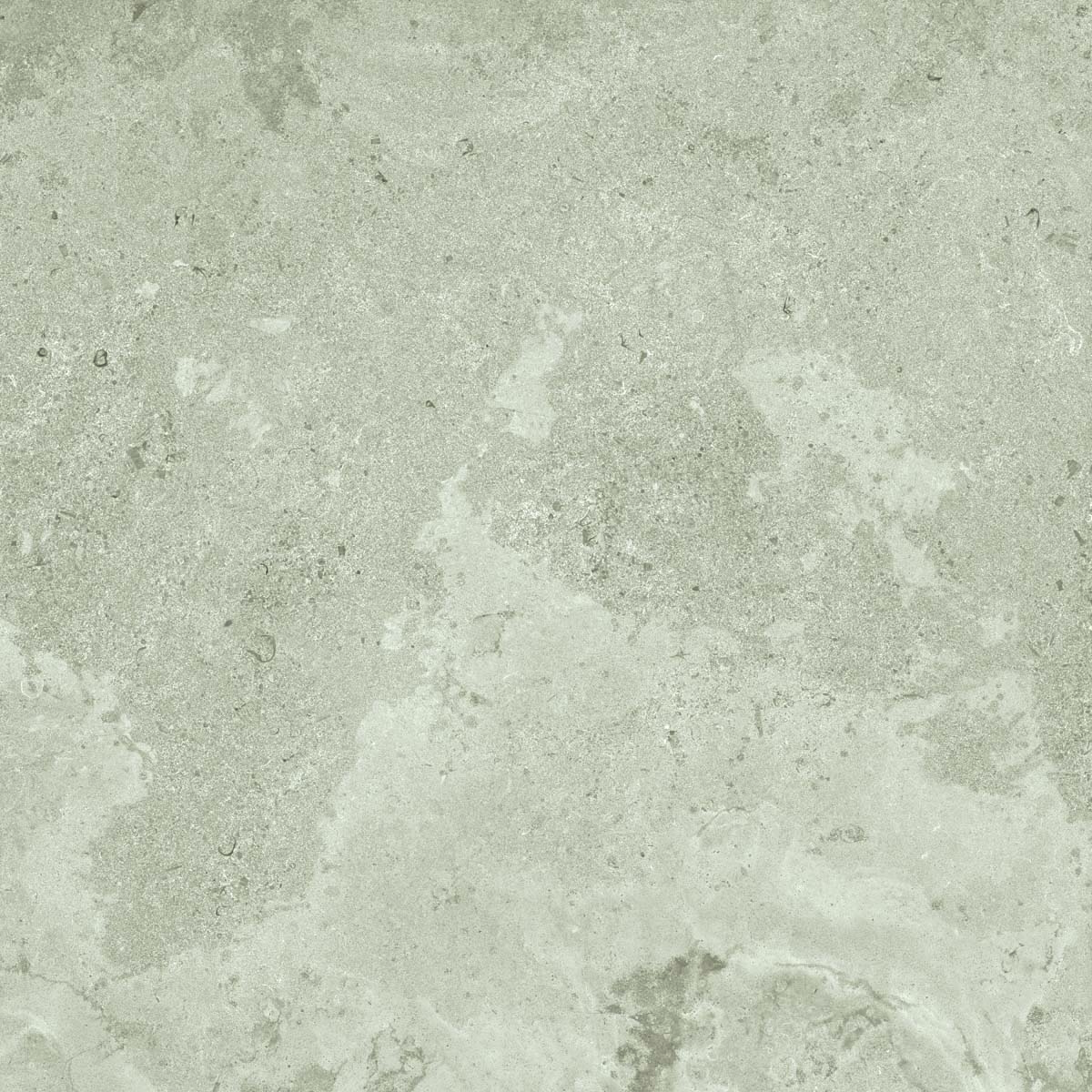 Kairn
KairnNaturel
120x12060x12080x8060x6030x6010x60 -
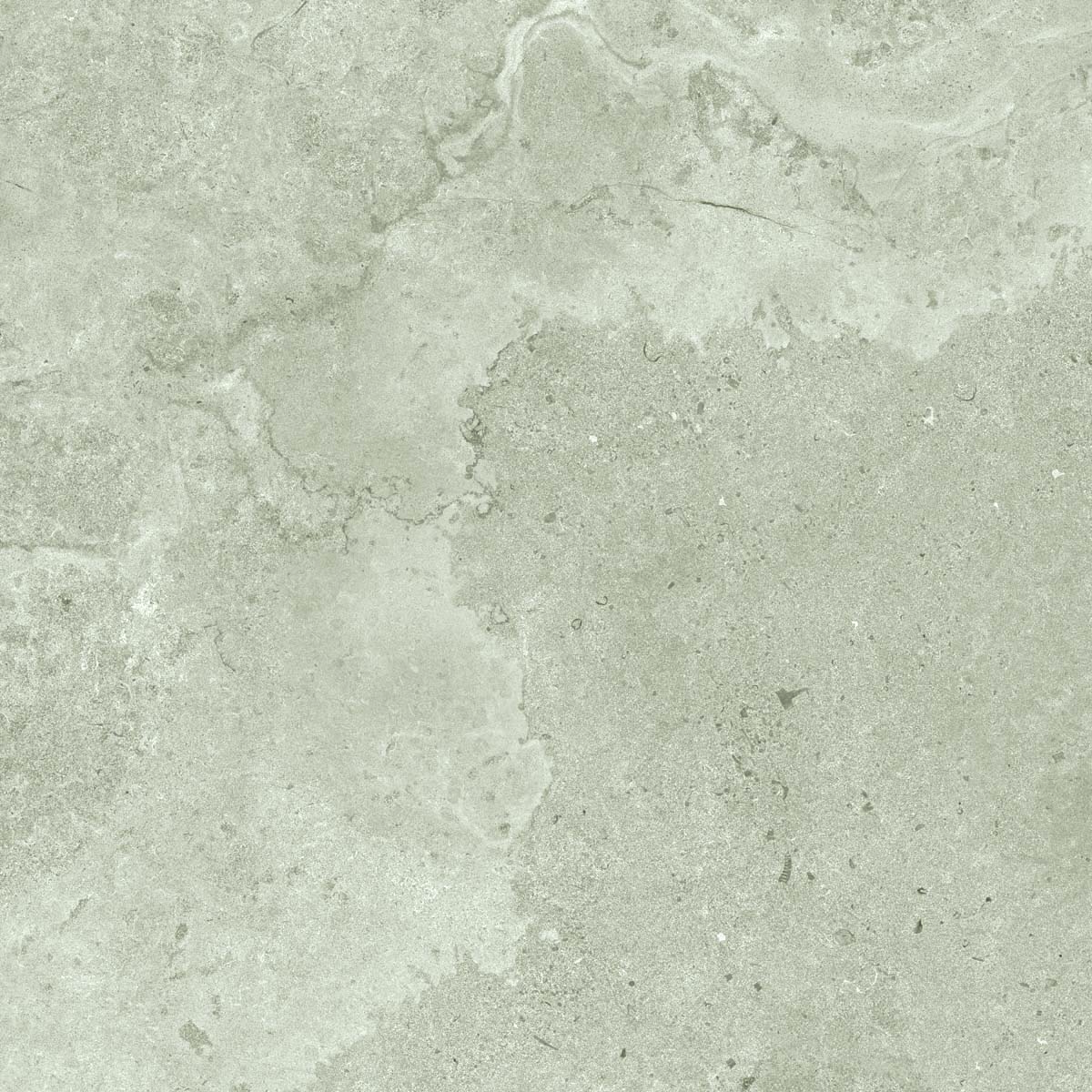 Kairn
KairnNaturel structured anti-slip
Outdoor Plus 20mm60x12080x8060x6030x60 -
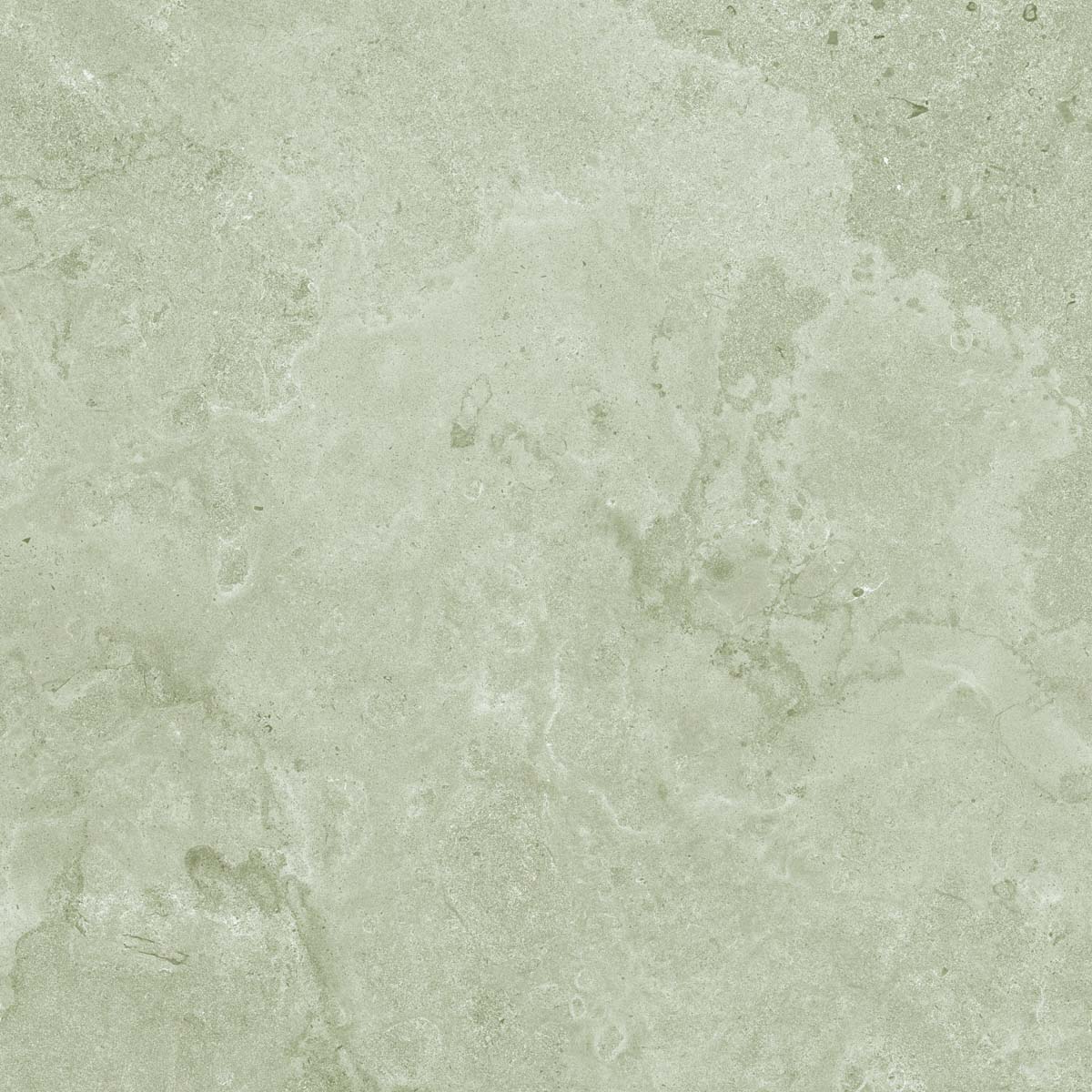 Kairn
KairnSable
120x12060x12080x8060x6030x6010x60 -
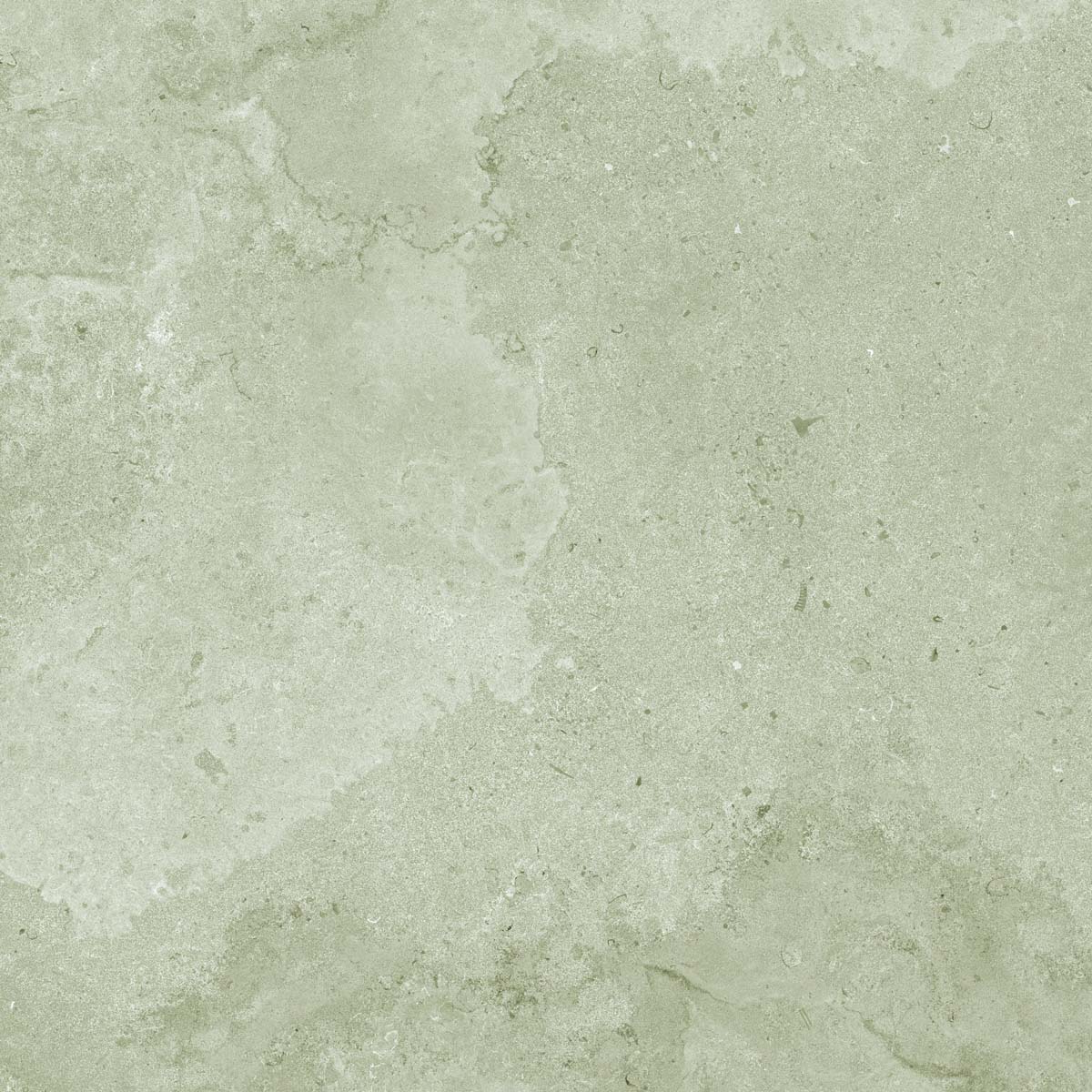 Kairn
KairnSable structured anti-slip
Outdoor Plus 20mm60x12080x8060x6030x60 -
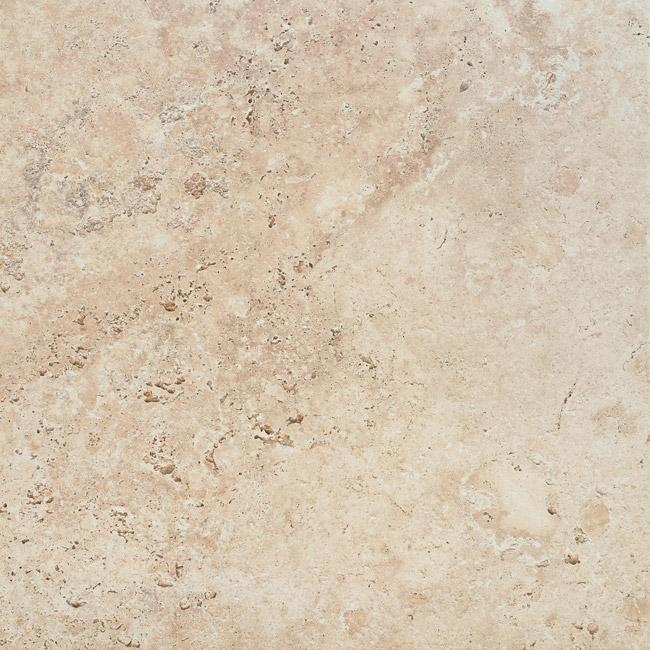 Tiber
TiberLight structured anti-slip
Outdoor Plus 20mm60x9080x8060x6030x60 -
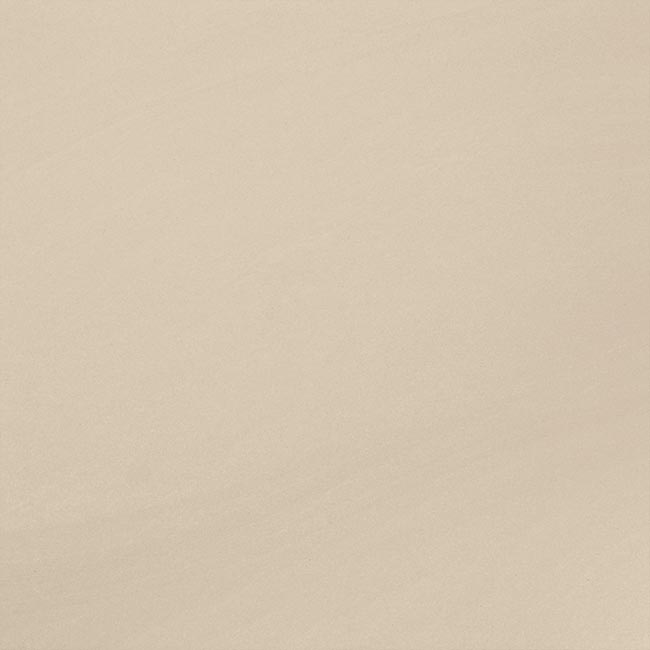 Performance
PerformancePierre Ivoire
60x60 -
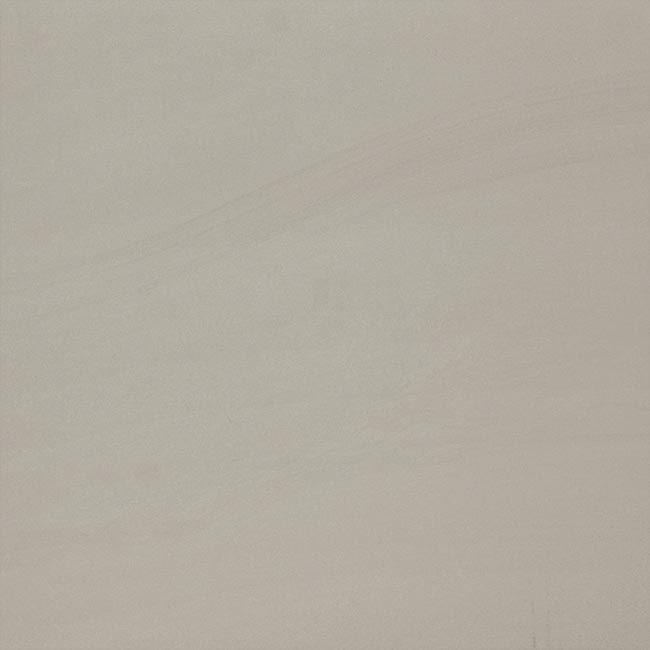 Performance
PerformancePierre Gris
60x60 -
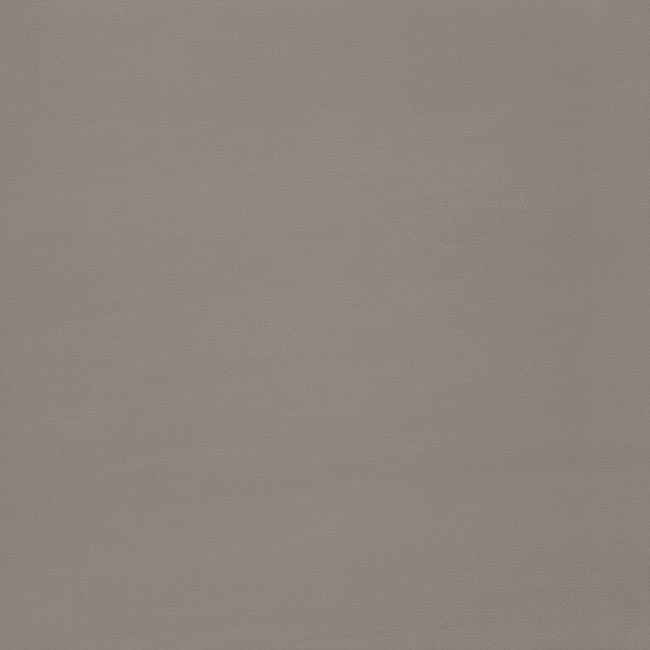 Performance
PerformancePierre Plomb
60x60 -
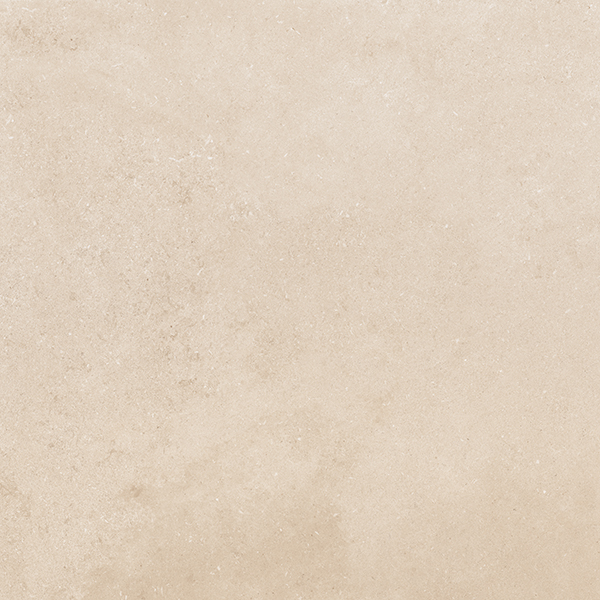 Inaya
InayaIvoire
60x6030x6045x45 -
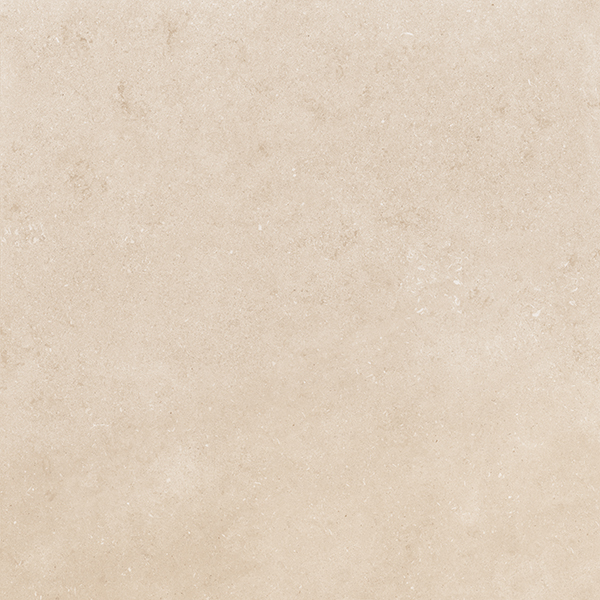 Inaya
InayaIvoire structured anti-slip
60x6030x6045x45 -
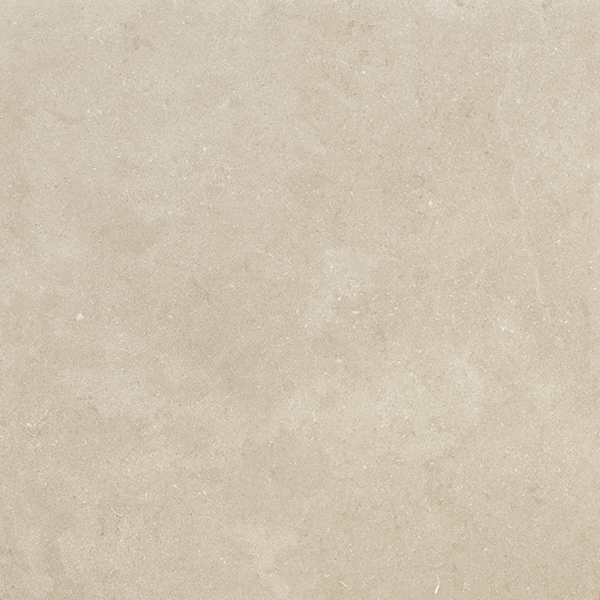 Inaya
InayaGris
60x6030x6045x45 -
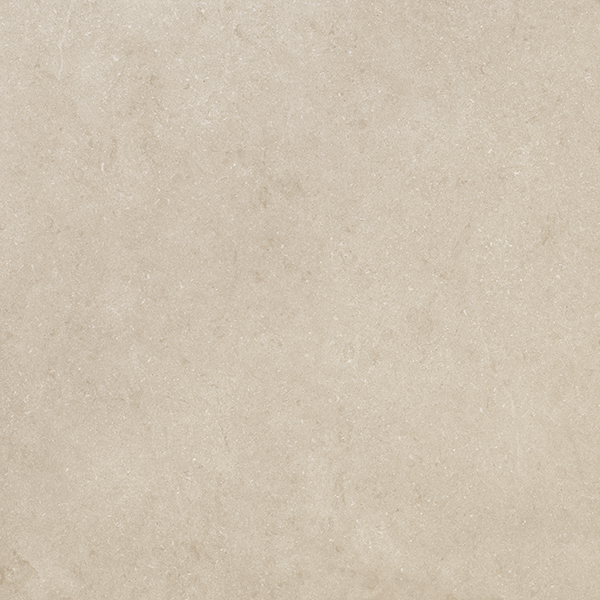 Inaya
InayaGris structured anti-slip
60x6030x6045x45 -
 Inaya
InayaSable
60x6030x6045x45 -
 Inaya
InayaSable structured anti-slip
60x6030x6045x45 -
 Kryo
KryoFrost
120x12060x12060x6030x6010x60 -
 Kryo
KryoNatural
120x12060x12060x6030x6010x60 -
 Kryo
KryoIntense
120x12060x12060x6030x6010x60 -
 Utopie
UtopieClair
120x12060x12080x80 -
 Utopie
UtopiePerle
120x12060x12080x80 -
 Utopie
UtopieGris
120x12060x12080x80 -
 Utopie
UtopiePlomb
120x12060x12080x80 -
 Utopie
UtopieTaupe
120x12060x12080x80 -
 Azimut
AzimutClair
60x6030x60 -
 Azimut
AzimutChaud
60x6030x60 -
 Azimut
AzimutFroid
60x6030x60 -
 Azimut
AzimutFoncé
60x6030x60 -
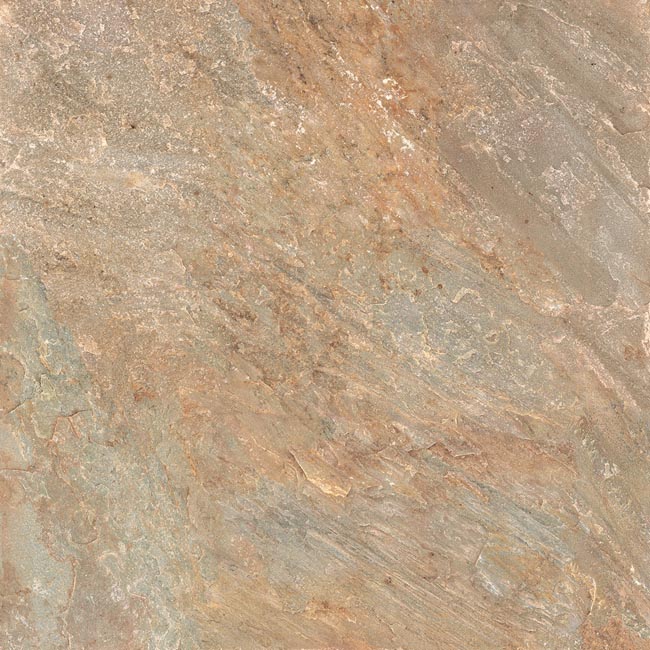 Zephyr
ZephyrGold
60x6030x60 -
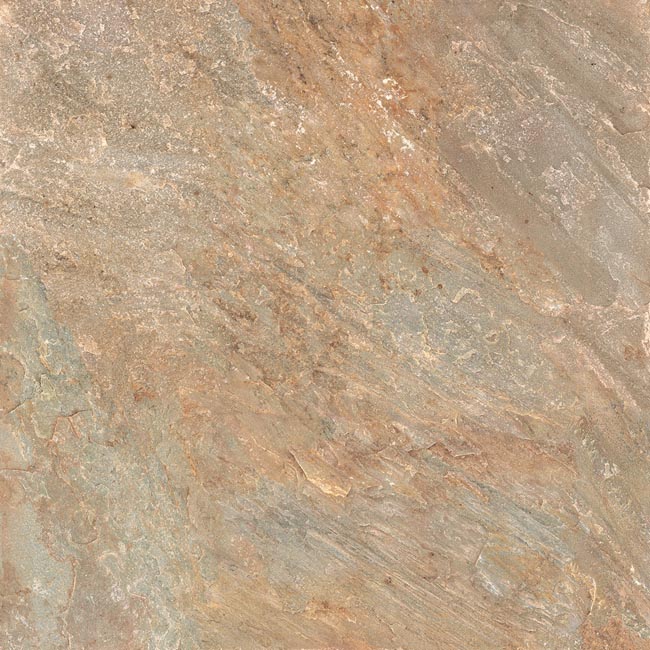 Zephyr
ZephyrGold structured anti-slip
Outdoor Plus 20mm60x6030x6010x60 -
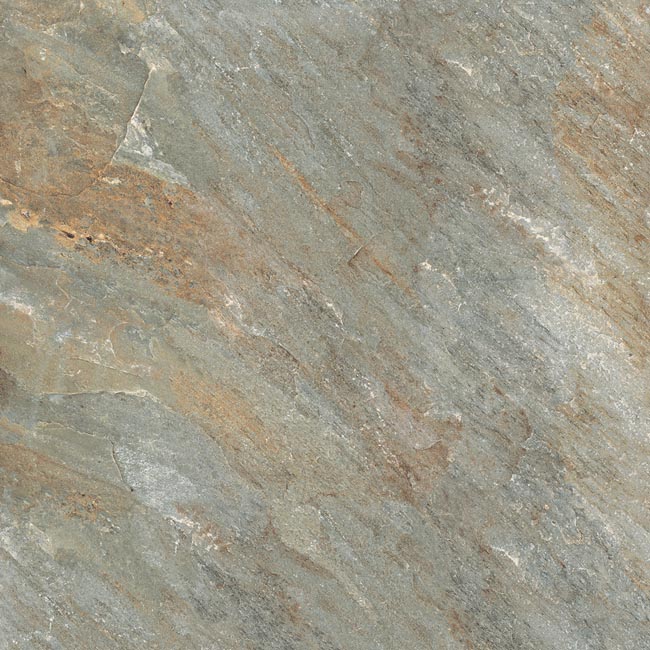 Zephyr
ZephyrGrey
60x6030x60 -
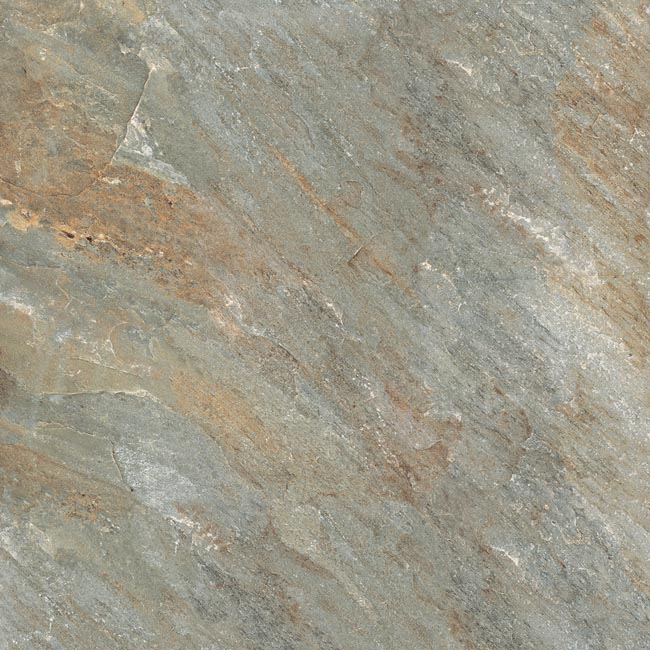 Zephyr
ZephyrGrey structured anti-slip
Outdoor Plus 20mm60x6030x6010x60 -
 Tiber
TiberNatural
60x12080x8060x6030x6010x60 -
 Tiber
TiberNatural structured anti-slip
Outdoor Plus 20mm60x9080x8060x6030x60 -
 Adage
AdageArabescato
60x12080x808x80 -
 Adage
AdageCalacatta
60x12080x808x80 -
 Adage
AdageStatuario
60x12080x808x80 -
 Adage
AdageMichelangelo
60x12080x808x80 -
 Osmose
OsmoseFloral
25x21,6 -
 Osmose
OsmoseGeom Clair
25x21,6 -
 Osmose
OsmoseGeom Foncé
25x21,6 -
 Osmose
OsmoseGeom N&B
25x21,6 -
 Osmose
OsmoseSable
25x21,6 -
 Osmose
OsmoseOcre
25x21,6 -
 Osmose
OsmoseCendre
25x21,6 -
 Matic
MaticGris
60x6030x6045x45 -
 Matic
MaticGraphite
60x6030x6045x45 -
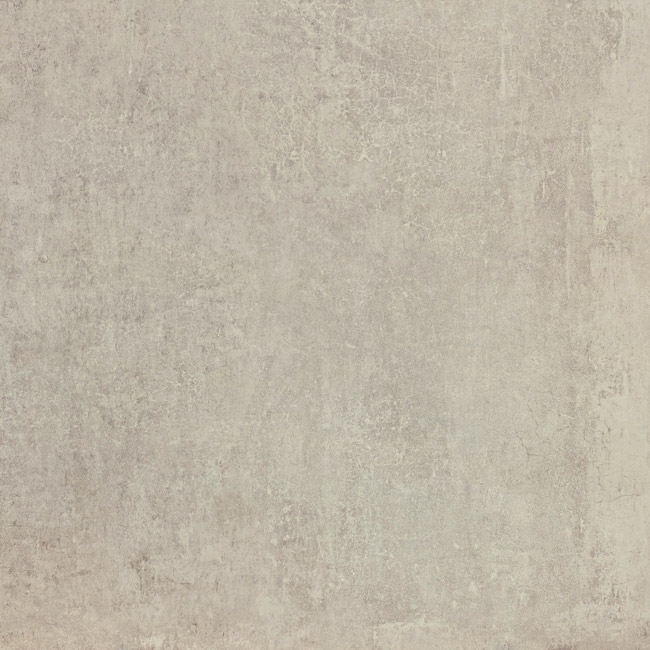 Teranga
TerangaIvoire
120x12080x8060x6030x60 -
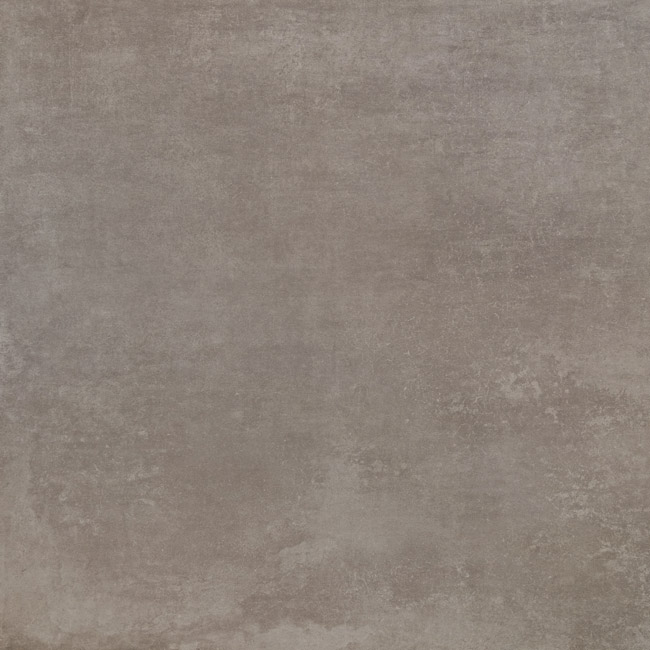 Teranga
TerangaGreige
120x12080x8060x6030x60 -
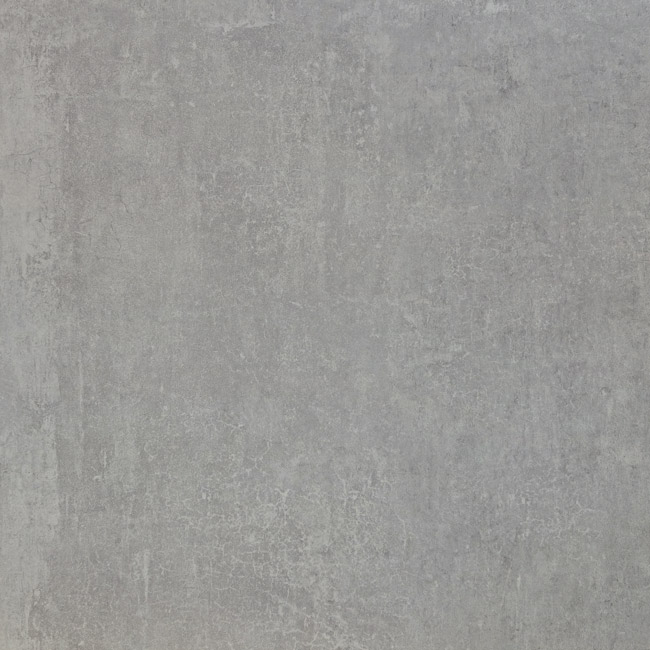 Teranga
TerangaPerle
120x12080x8060x6030x60 -
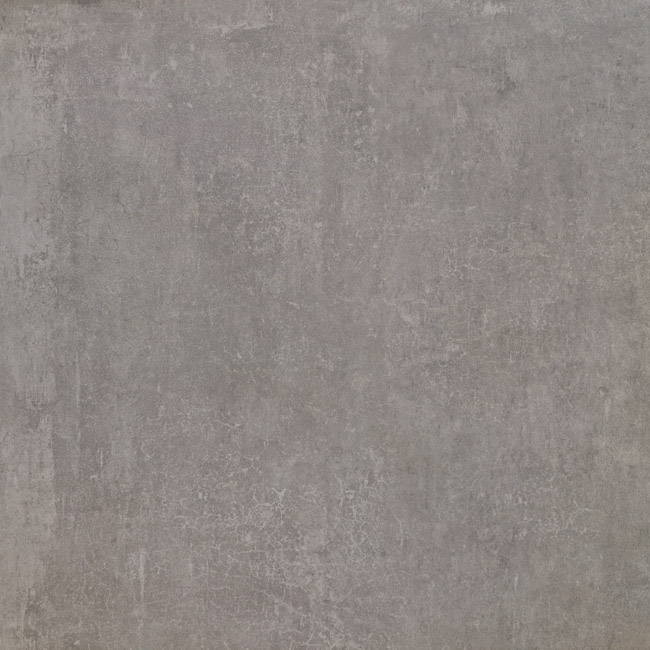 Teranga
TerangaFer
120x12080x8060x6030x60 -
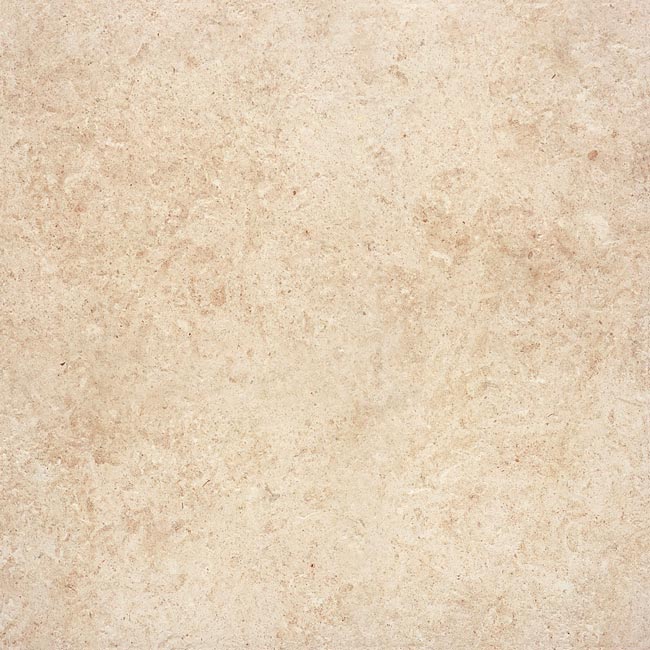 Racines
RacinesClair
80x8060x6030x6010x60 -
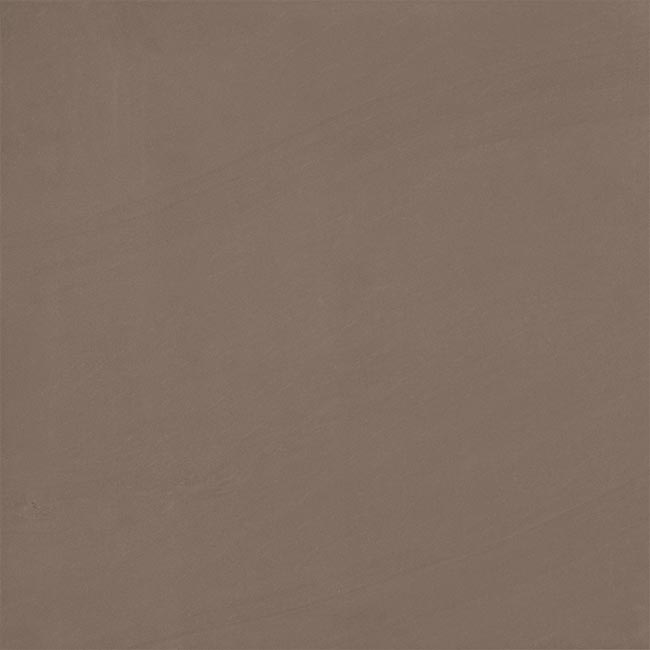 Performance
PerformancePierre Moka
60x60 -
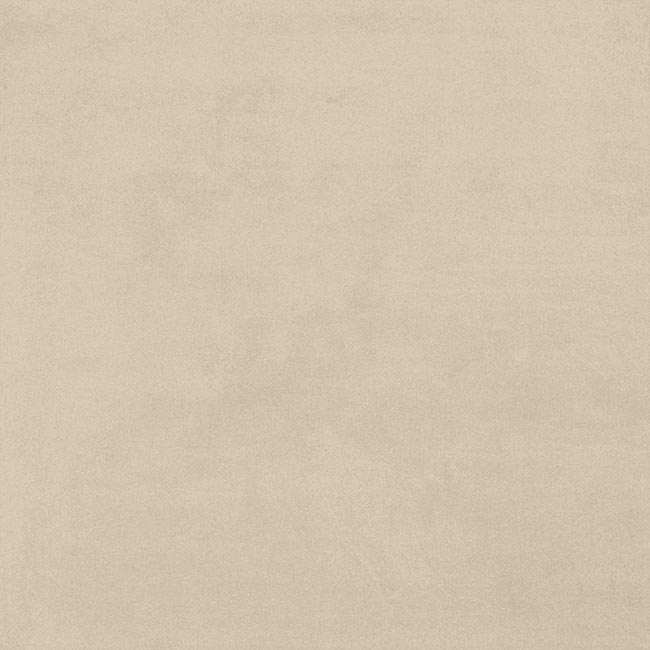 Performance
PerformanceCiment Ivoire
60x60 -
 Performance
PerformanceCiment Gris
60x60 -
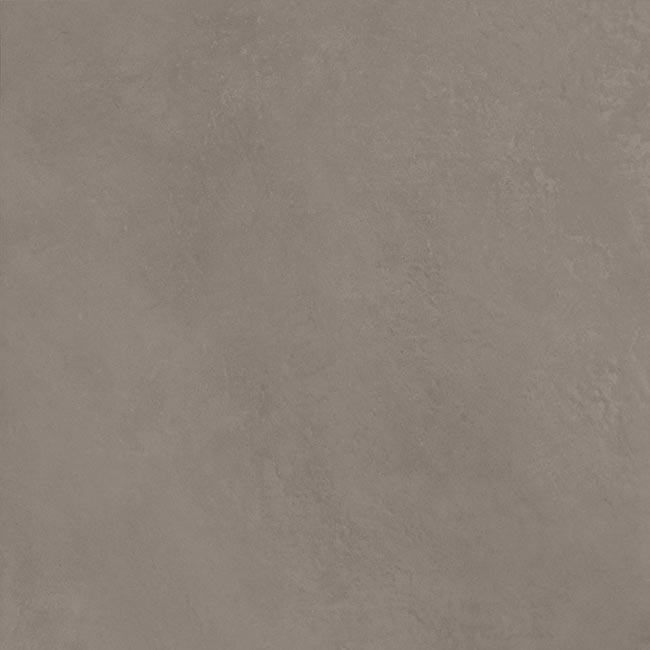 Performance
PerformanceCiment Plomb
60x60 -
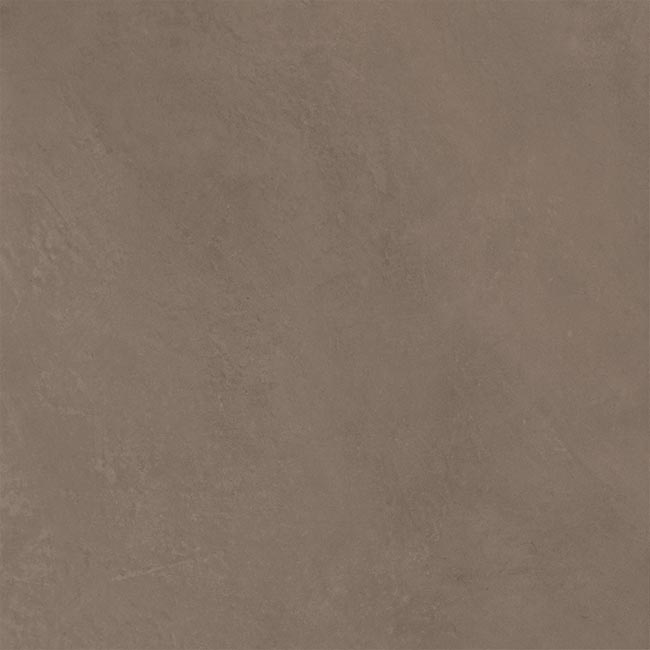 Performance
PerformanceCiment Moka
60x60 -
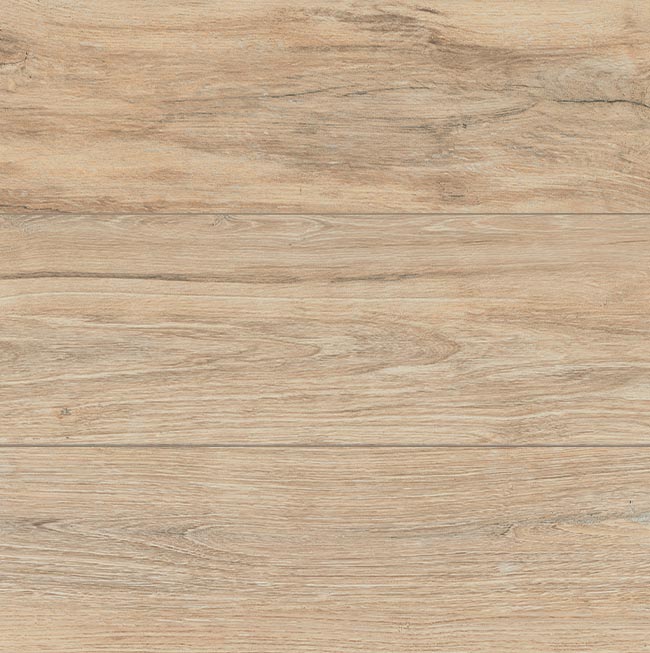 Abéa
AbéaCraie structured anti-slip
20x120 -
 Otto
OttoBéton
120x12060x12080x80 -
 Otto
OttoIvoire
120x12060x12080x80 -
 Otto
OttoSable
120x12060x12080x80 -
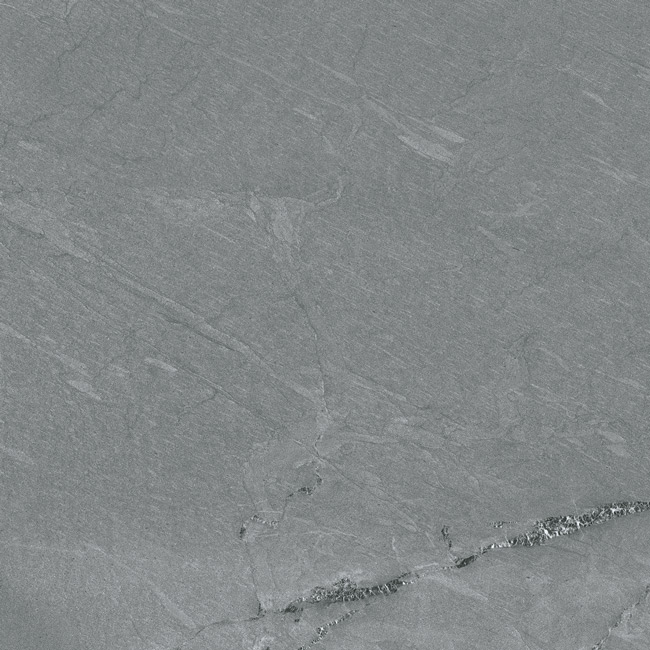 Way
WayFer
60x12080x8060x6030x605x60 -
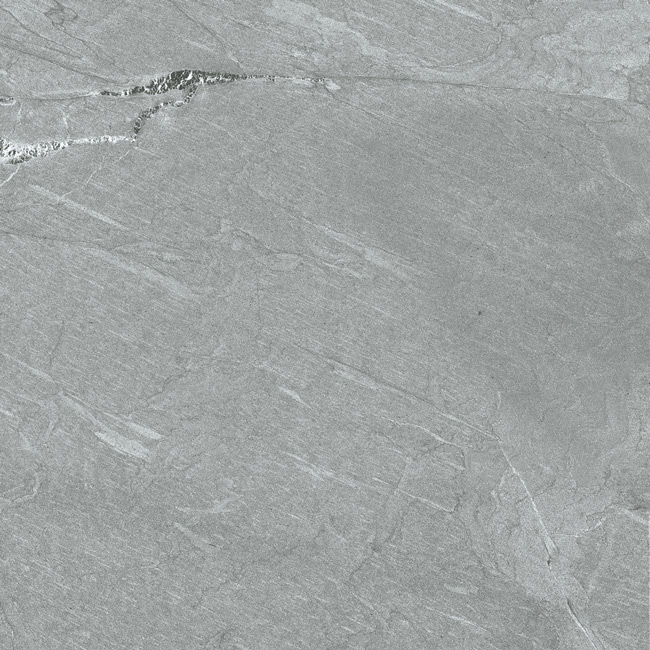 Way
WayQuartz
60x12080x8060x6030x605x60 -
 Château
ChâteauIvoire
80x8060x60 -
 Château
ChâteauSable
80x8060x60 -
 Château
ChâteauGris
80x8060x60 -
 Château
ChâteauMoka
80x8060x60 -
 Losa
LosaCalcite
60x12060x6030x6015x6010x605x60 -
 Losa
LosaCalcite structured anti-slip
Outdoor Plus 20mm60x12060x6030x60 -
 Losa
LosaDolomite
60x12060x6030x6015x6010x605x60 -
 Losa
LosaDolomite structured anti-slip
Outdoor Plus 20mm60x12060x6030x60 -
 Losa
LosaDacite
60x12060x6030x6015x6010x605x60 -
 Losa
LosaDacite structured anti-slip
Outdoor Plus 20mm60x12060x6030x60 -
 Losa
LosaGraphite
60x12060x6030x6015x6010x605x60 -
 Losa
LosaGraphite structured anti-slip
Outdoor Plus 20mm60x12060x6030x60 -
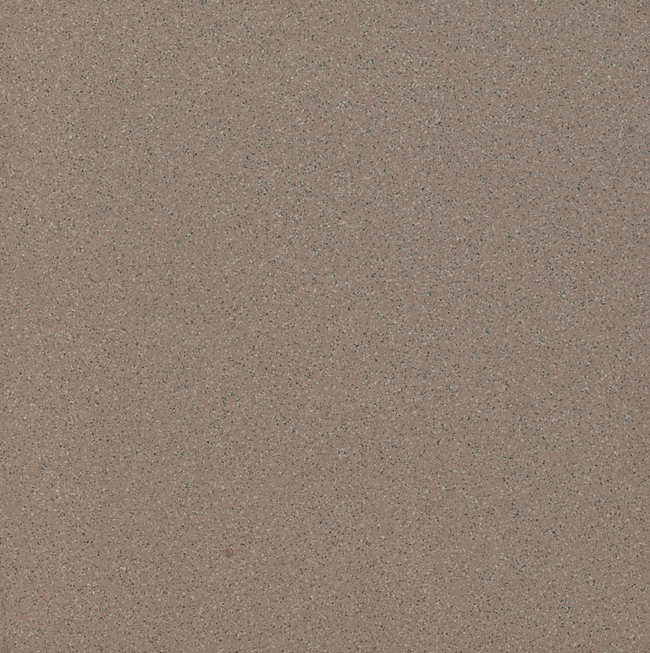 Standard
Standard060 Porphyré Gris Clair – Gris Foncé
30x30 -
 Maxima
MaximaBlanc
60x6030x6045x45 -
 Hirati
HiratiLin
22,5x90 -
 Hirati
HiratiLin structured anti-slip
22,5x90 -
 Hirati
HiratiNeutre
22,5x90 -
 Maxima
MaximaGris
60x6030x6045x45 -
 Hirati
HiratiNeutre structured anti-slip
22,5x90 -
 Hirati
HiratiBrun
22,5x90 -
 Maxima
MaximaGraphite
60x6030x6045x45 -
 Fast
FastSable
80x8060x6030x6045x45 -
 Fast
FastGris
80x8060x6030x6045x45 -
 Fast
FastPlomb
80x8060x6030x6045x45 -
 Hirati
HiratiBrun structured anti-slip
22,5x90 -
 Zen
ZenLin
60x6030x6045x4530x30 -
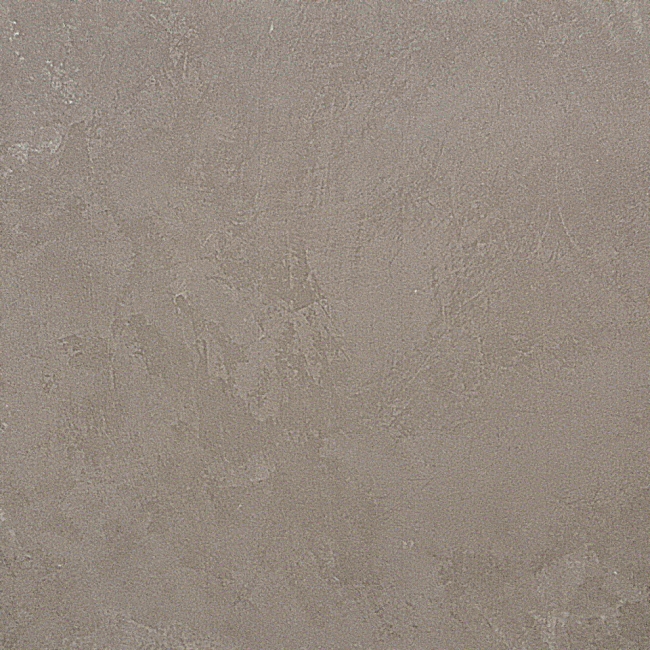 Zen
ZenCendre
60x6030x6045x4530x30 -
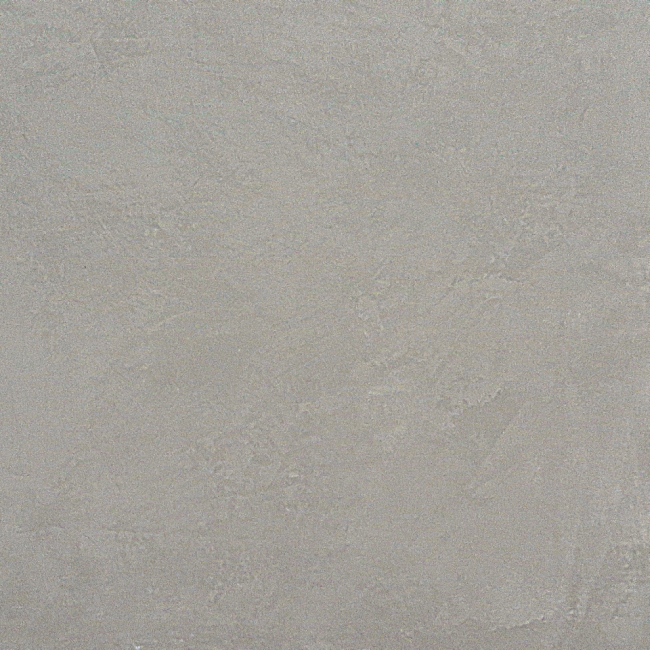 Zen
ZenBéton
60x6030x6045x4530x30 -
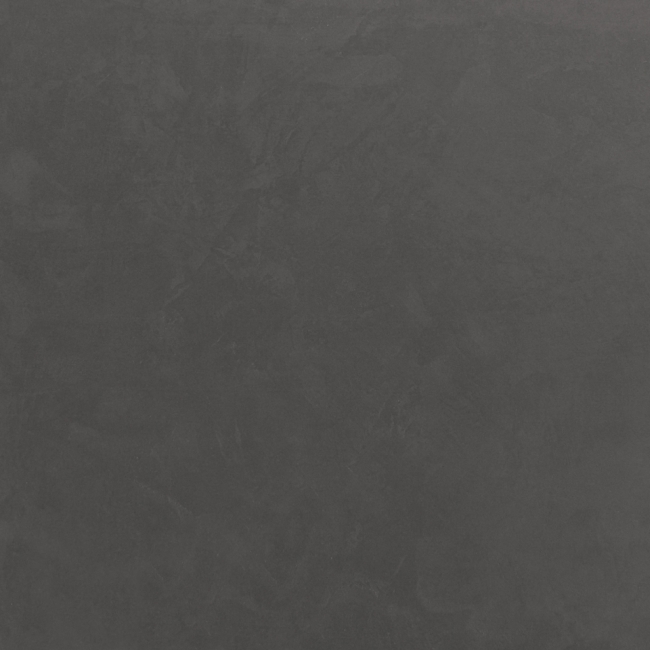 Zen
ZenGraphite
60x6030x6045x4530x30 -
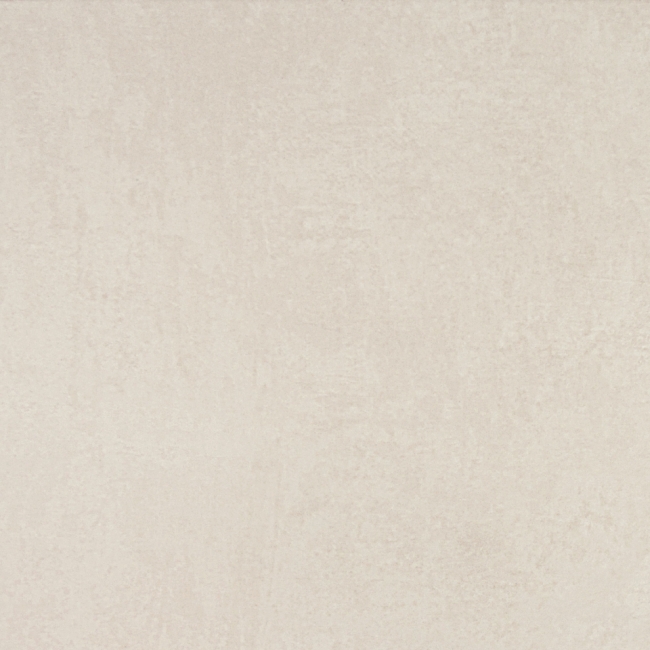 Vertige
VertigeBlanc
60x6045x45 -
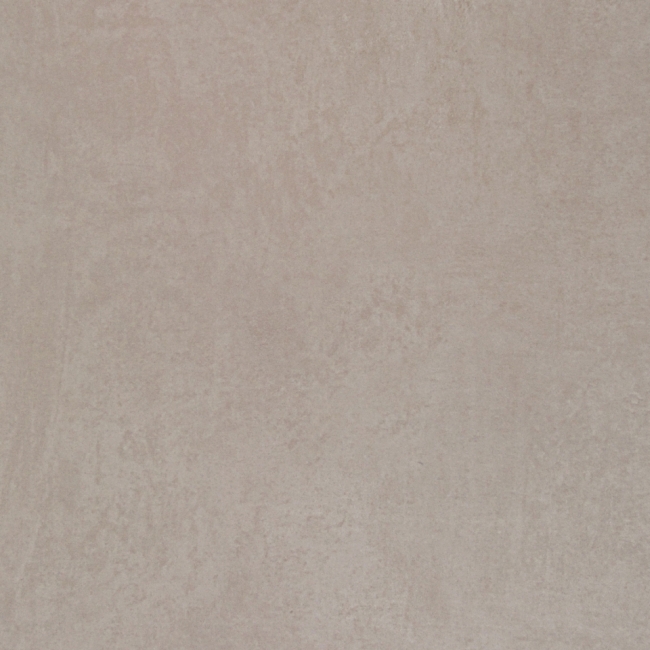 Vertige
VertigeGris
60x6045x45 -
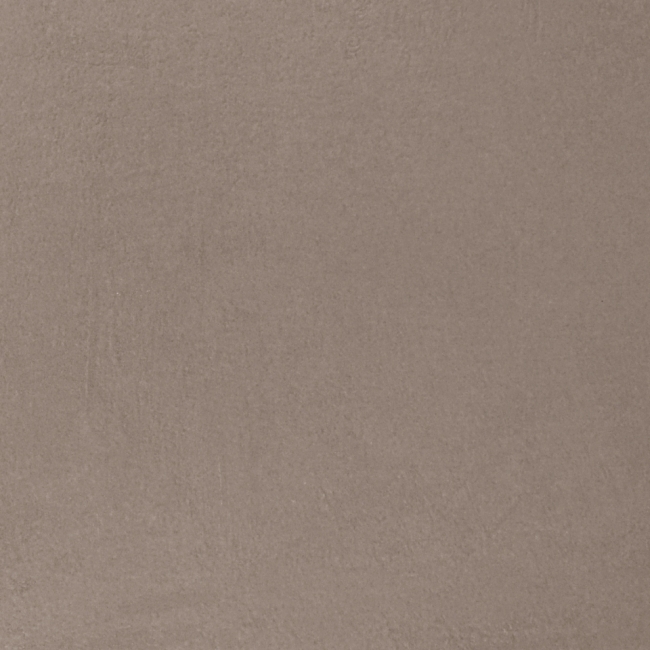 Vertige
VertigeTaupe
60x6045x45 -
 Kobe
KobeCalcite structured anti-slip
Outdoor Plus 20mm45x9060x6030x6045x45 -
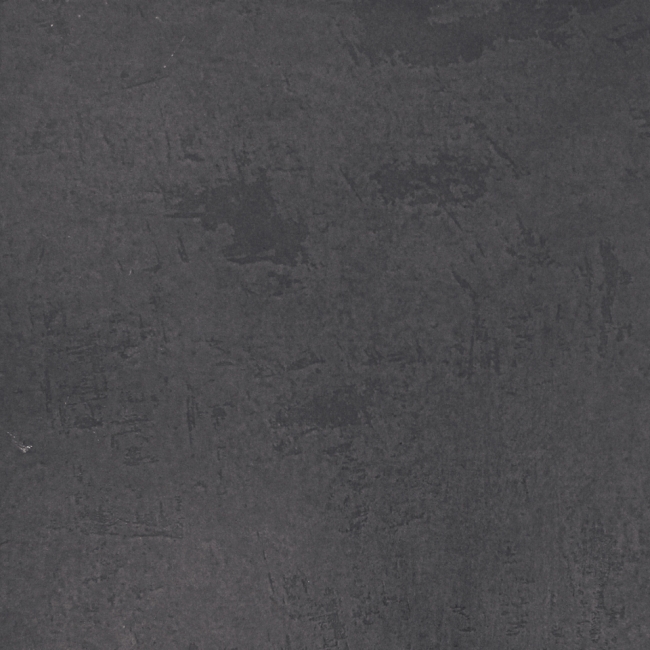 Vertige
VertigeAnthracite
60x6045x45 -
 Kobe
KobeQuartz structured anti-slip
Outdoor Plus 20mm45x9060x6030x6045x45 -
 Kobe
KobeBéryl structured anti-slip
Outdoor Plus 20mm45x9060x6030x6045x45 -
 Domus
DomusTaupe
45x45 -
 Domus
DomusIvoire
45x45 -
 Domus
DomusGris
45x45 -
 Geo
GeoIvoire structured anti-slip
Outdoor Plus 20mm60x6030x6010x6045x45 -
 Geo
GeoGris structured anti-slip
Outdoor Plus 20mm60x6030x6010x6045x45 -
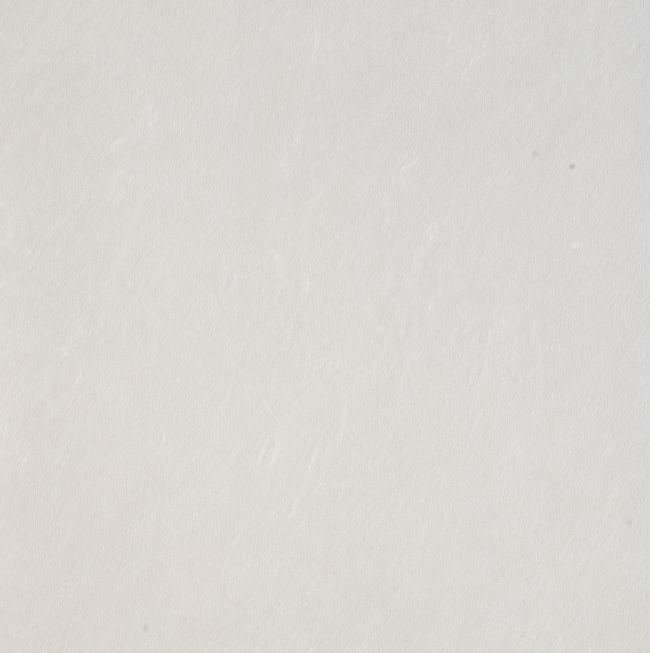 Samsara
SamsaraOpale
60x6030x6045x4530x30 -
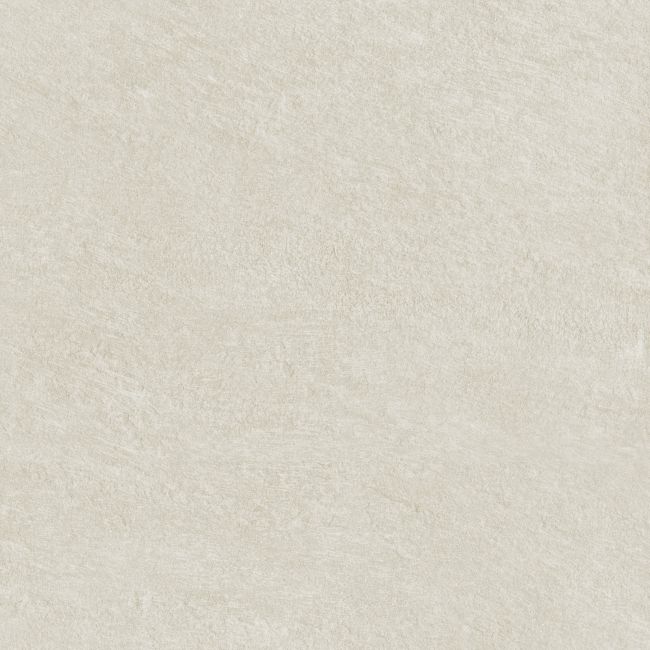 Samsara
SamsaraOpale structured anti-slip
30x6045x45 -
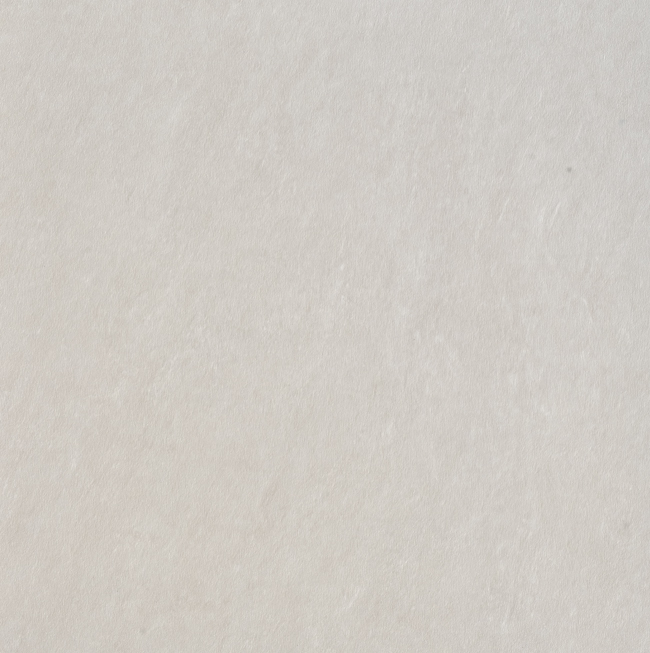 Samsara
SamsaraIvoire
60x6030x6045x4530x30 -
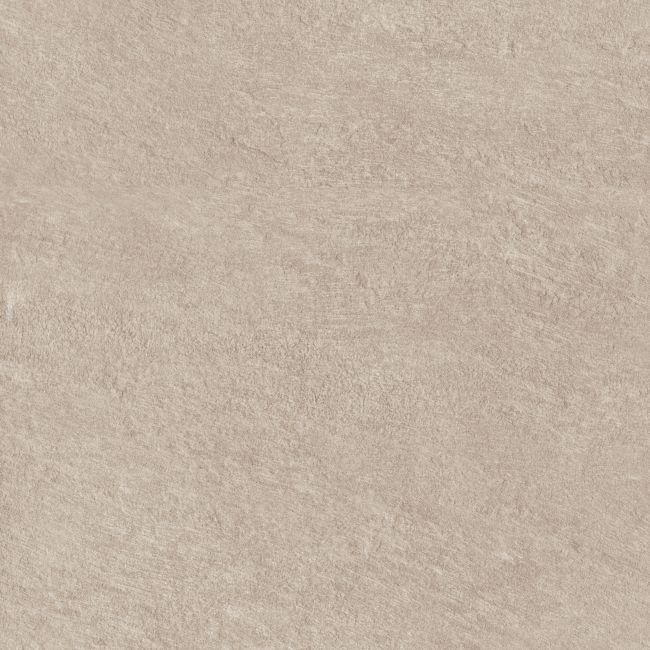 Samsara
SamsaraIvoire structured anti-slip
30x6045x4530x30 -
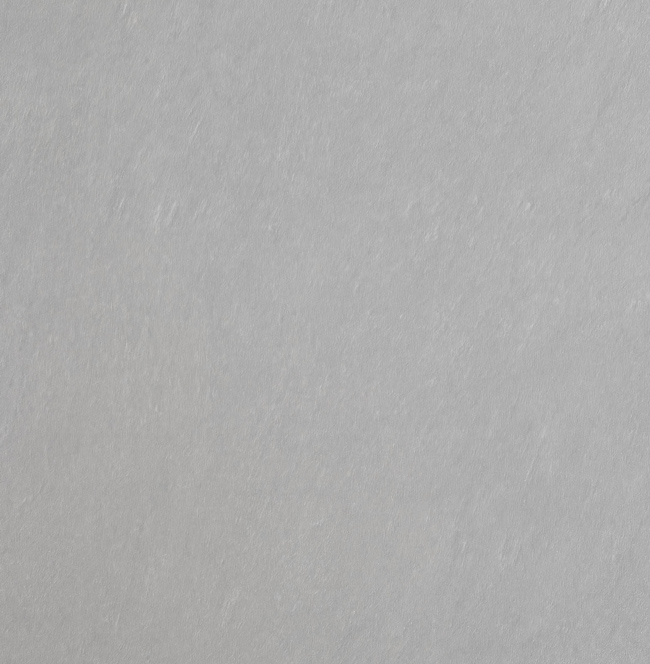 Samsara
SamsaraPerle
60x6030x6045x4530x30 -
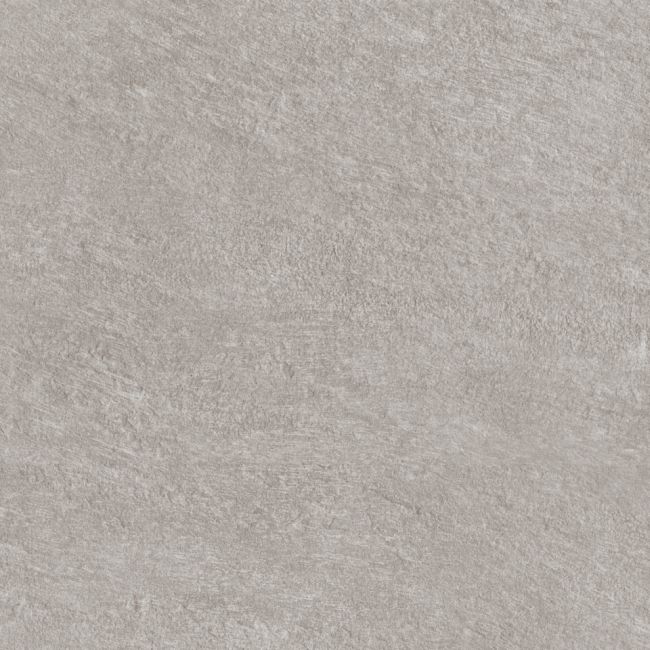 Samsara
SamsaraPerle structured anti-slip
Outdoor Plus 20mm60x6030x6045x4530x30 -
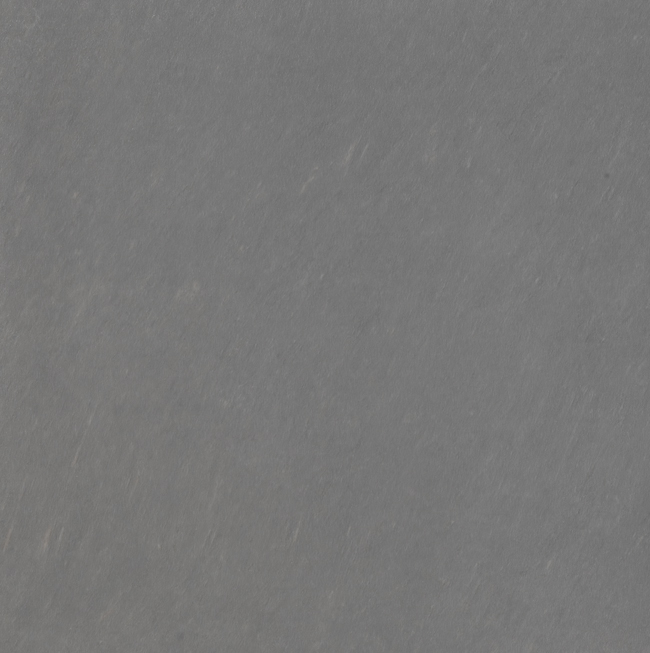 Samsara
SamsaraPlomb
60x6030x6045x4530x30 -
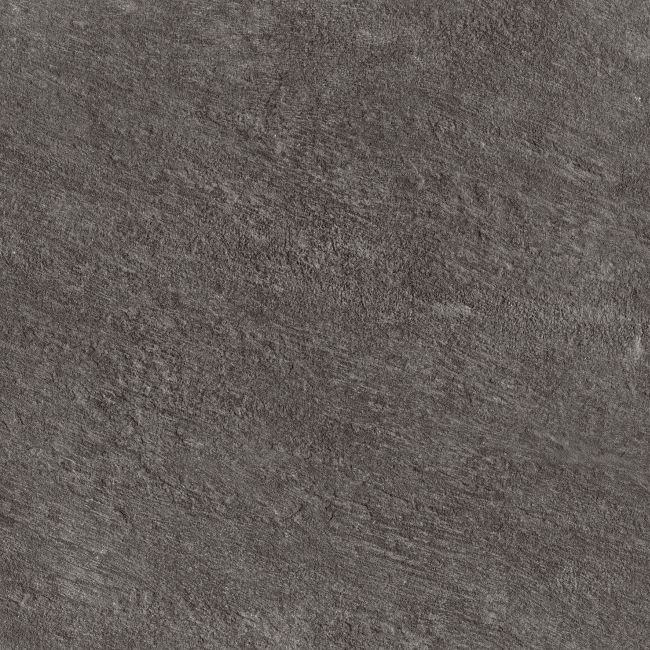 Samsara
SamsaraPlomb structured anti-slip
Outdoor Plus 20mm60x6030x6045x4530x30 -
 Samsara
SamsaraArdoise
60x6030x6045x45 -
 Samsara
SamsaraArdoise structured anti-slip
30x6045x45 -
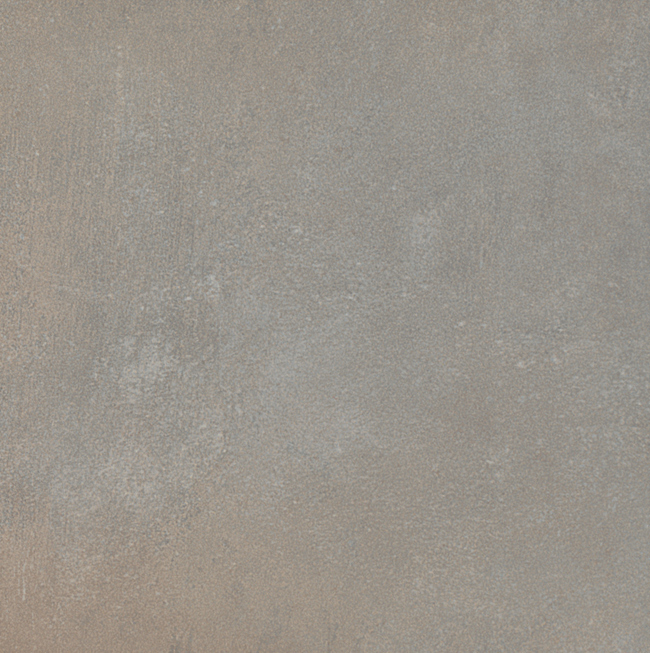 Voyage
VoyageGris
60x60 -
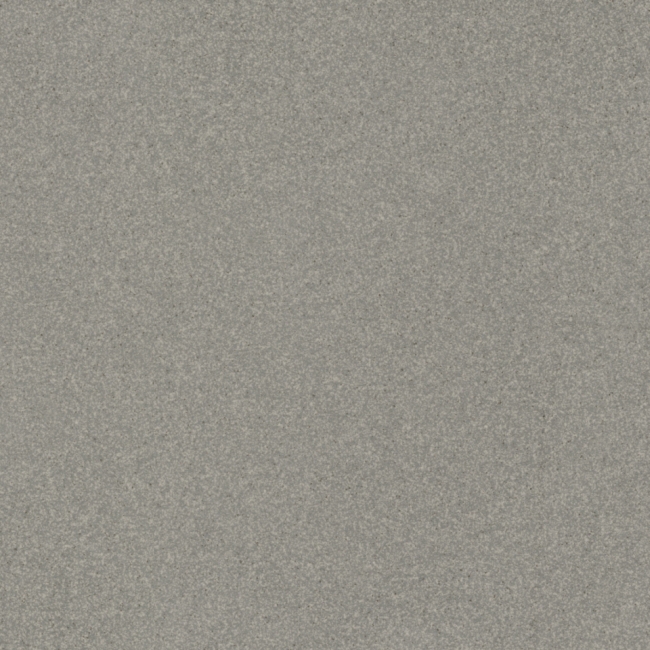 Standard Evolution
Standard Evolution200 Evolution Argent
45x4530x30 -
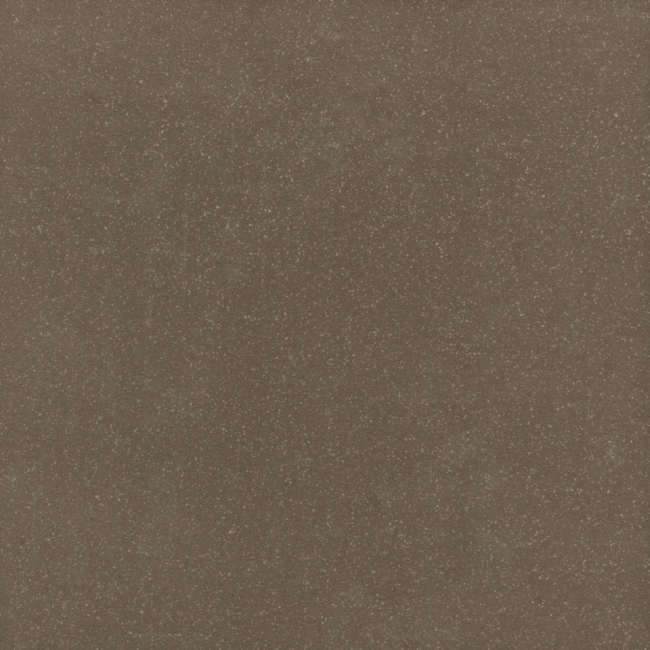 Standard Evolution
Standard Evolution300 Evolution Taupe
45x4530x30 -
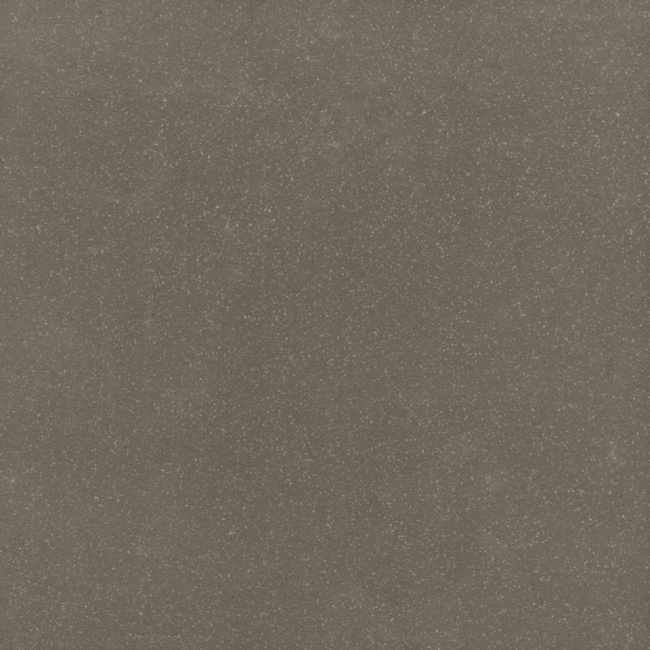 Standard Evolution
Standard Evolution400 Evolution Brun
45x4530x30 -
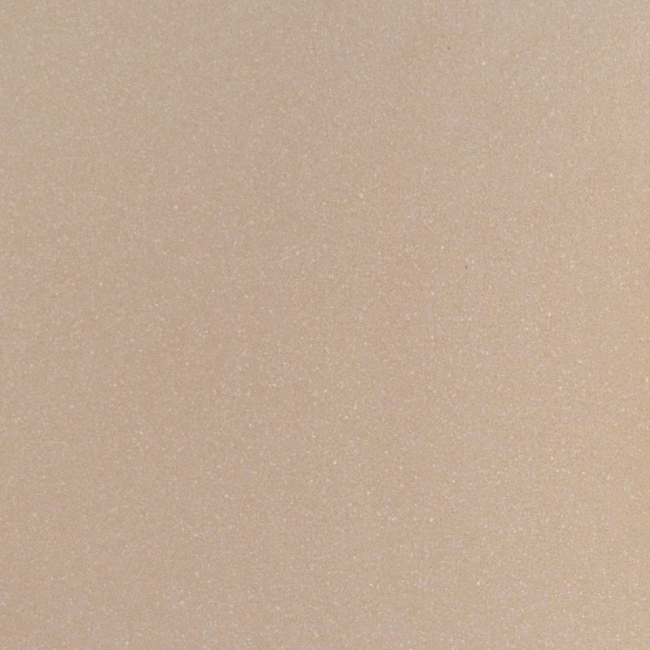 Standard Evolution
Standard Evolution500 Evolution Beige
45x4530x30 -
 Standard Evolution
Standard Evolution600 Evolution Gris Clair
45x4530x30 -
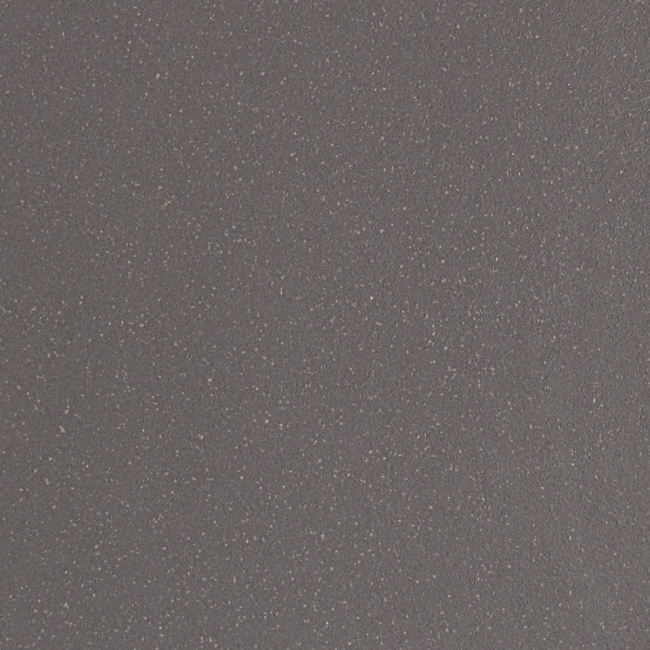 Standard Evolution
Standard Evolution700 Evolution Gris foncé
45x4530x30 -
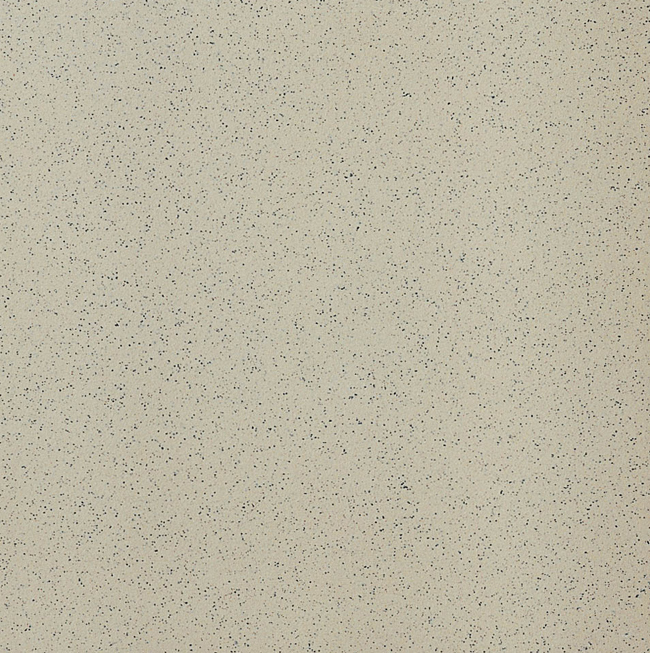 Standard
Standard050 Porphyré Blanc Noir
30x30 -
 Style
StyleIvoire
30x30 -
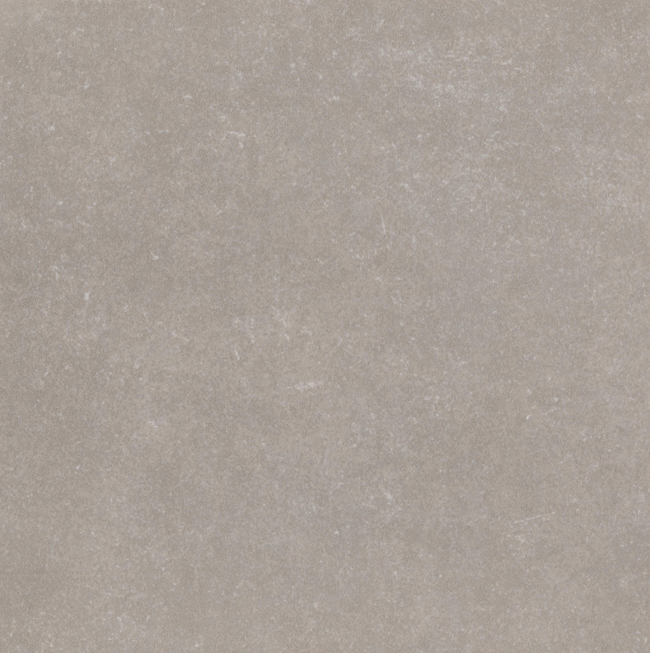 Style
StyleBeige
30x30 -
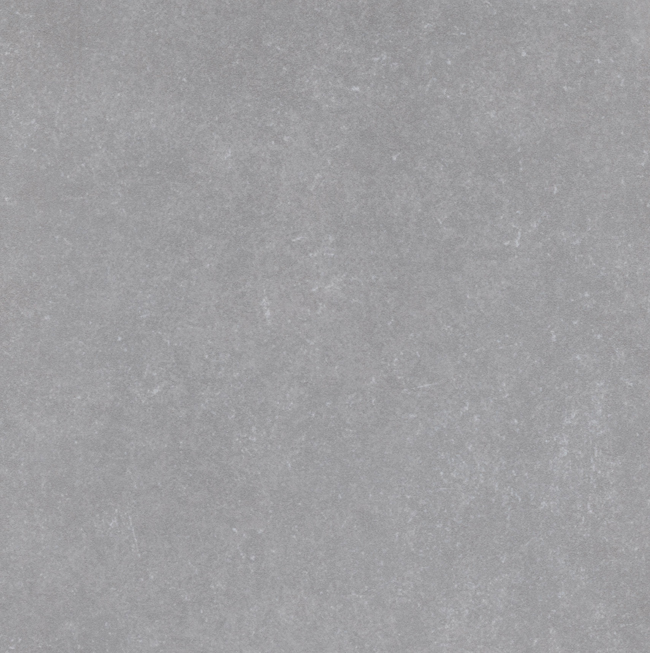 Style
StyleGris
30x30 -
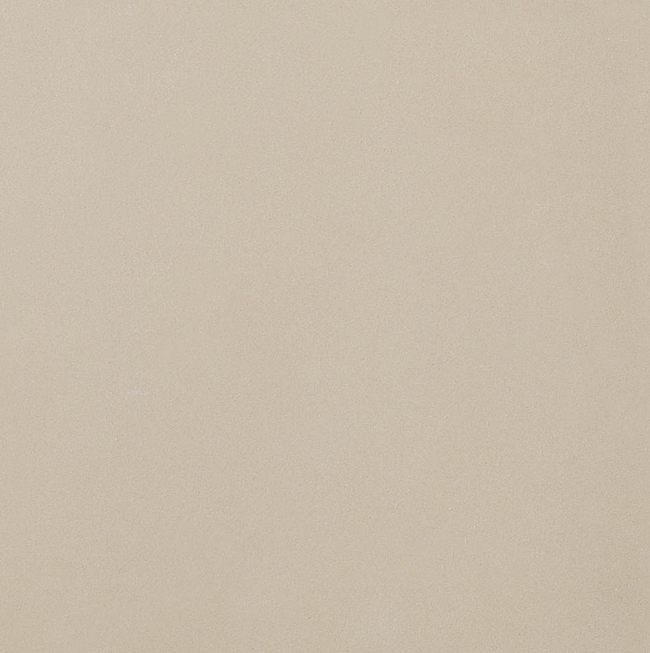 Standard
Standard230 Uni Blanc Crème
30x30 -
 NoName
NoNameElégance
60x6045x45 -
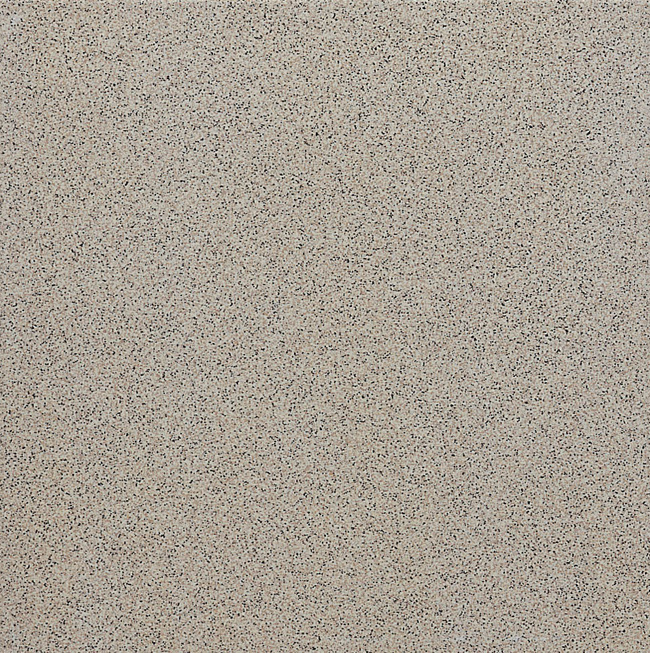 Standard
Standard415 Porphyré Gris
30x30 -
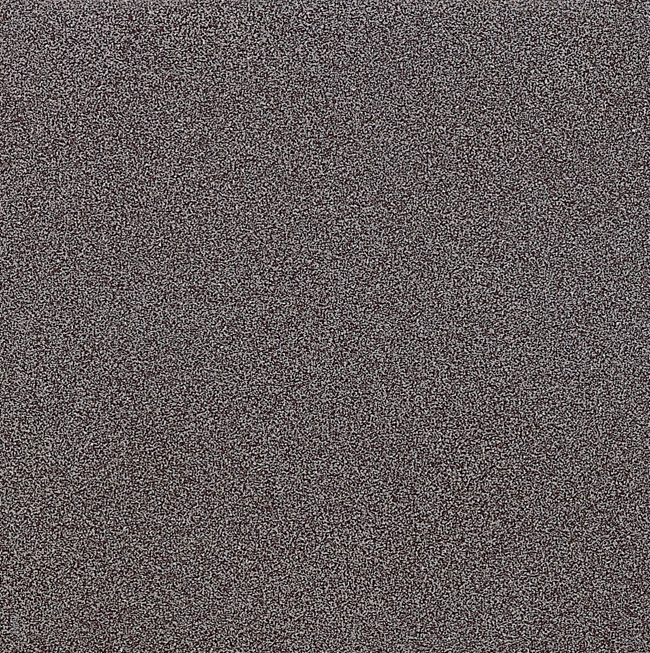 Standard
Standard150 Porphyré Gris Foncé
30x30
What criteria should you use to choose your tiles?
To choose the right floor tiles for your bedroom, there are some basic criteria to consider.
Practical criteria
Three elements stand out as the most common practical criteria.
Budget
Your budget will determine all your choices, as well as the quality of the tiles. But don’t worry too much! Whether your budget is tight or wide, you’ll always be able to find tiles to suit your needs.
Standards
They govern the various parameters of tiles: wear resistance, slipperiness, abrasion, etc. For bedroom tiles, the standard to consider first and foremost is wear resistance.
Tiles are reputed to be easy to maintain. However, it’s important to note that not all types of tile are the same. Some are less tolerant of dirt than others. Here are the categories of tiles that can wait for a weekly cleaning.
Patterned tiles
The irregular colours of patterned tiles help to hide dirt fairly easily. This is a practical advantage that single-colour tiles do not have. Their plain colour is a real showcase for stains and soiling.
Porcelain stoneware tiles
Porcelain stoneware tiles are characterised by low water absorption and non-porosity. They therefore retain very few stains.
Tiles with a satin finish
Tiles with a satin finish shimmer in the light. This helps to hide traces of dirt and/or dust on their surface.
Grey, earth or beige tiles
Grey, earth or beige colours reveal less dirt than others. They’re the best choice if you don’t want to mop your floor every day.
Aesthetic criteria
There are two main criteria.
Colour
The choice of colour should be based on the size and brightness of your bedroom.
– Size: opt for light-coloured tiles if your bedroom is small. Light colours give the impression of a larger space.
– Brightness: the key here is to play on contrasts. Dark tiles are ideal for rooms with plenty of natural light. For dark rooms, light grey, white or beige are more appropriate.
Decorative potential
The decorative style you want to adopt is also an important criterion. The characteristic to take into account here is the finish. There are a whole host of finishes to choose from: concrete effect, imitation wood parquet, imitation natural stone…
You don’t have to choose just one type of tile. You can combine several of them to create a particular atmosphere or create a definite pattern. If you’re thinking of combining more than two types of tile, the best option is to make a layout. This involves putting the combinations you have in mind onto paper. This will give you a clearer idea of the final result. The layout will also enable you to know in what proportions to buy the different elements of your final tiles.
Which tiles for which type of bedroom?
Depending on the type of bedroom you have, your choice of tiles may go in one direction or another. Several factors come into play.
Format
There are two types: square and rectangle.
The square format is best for small rooms. If you want to use this format for a large bedroom, it’s best to choose XXL tiles. The rectangular format is suitable for all types of room. It gives a contemporary look to the rooms it is used to cover.
The purpose of the room
The purpose of the room has a major influence on the choice of bedroom tiles. For example, you won’t choose the same type of tiles for a children’s bedroom as for a master bedroom. In a children’s bedroom, for example, tiles that are hard-wearing and easy to maintain are preferable. For a master suite, you might opt for a luxurious tile.
The atmosphere you want
Floor tiles play a major role in changing the atmosphere of a bedroom.
Imitation stone tiles for a retro look
Imitation stone tiles give bedrooms a retro look. It enhances their charm and gives them a cosy atmosphere. The most common imitations include Burgundy stone, granite, slate and travertine.
Patterned tiles: diversity combined with practicality
Patterned tiles bring variety and colour back into bedrooms. But that’s not its only strength. Its patterns can also be used to demarcate spaces on the floor.
Imitation parquet tiles for a warm interior
Imitation parquet tiles reproduce the knots and grain of wood. It can be adapted to any style of décor and has the advantage of being timeless.
Concrete effect tiles: contemporary style in all its forms
Concrete effect tiles have long been the darling of industrial style fans. But it has now made its way into bedrooms. Whether waxed concrete or plain concrete, this type of tiling gives bedrooms a resolutely contemporary look.
What about the materials used?
Tiles are made from four main materials: ceramic, porcelain stoneware, cement and terracotta.
Ceramic tiles
Ceramic tiles are rot-proof, waterproof and hard-wearing. It is also renowned for being easy to maintain.
Porcelain stoneware
Porcelain stoneware is extremely hard-wearing and durable. It also has great aesthetic potential, since it can imitate different materials: stone, wood, concrete, etc.
Cement tiles
Cement tiles are porous and uneven. But these properties in no way detract from its solidity and resistance. Rather, they add to its charm. This type of tile comes in a variety of versions. It is available in both plain colours and ornamental patterns.
Terracotta
Terracotta tiles stand out for their resistance to wear and tear, their anti-slip properties and their good thermal inertia. What’s more, they contain no allergenic substances.
